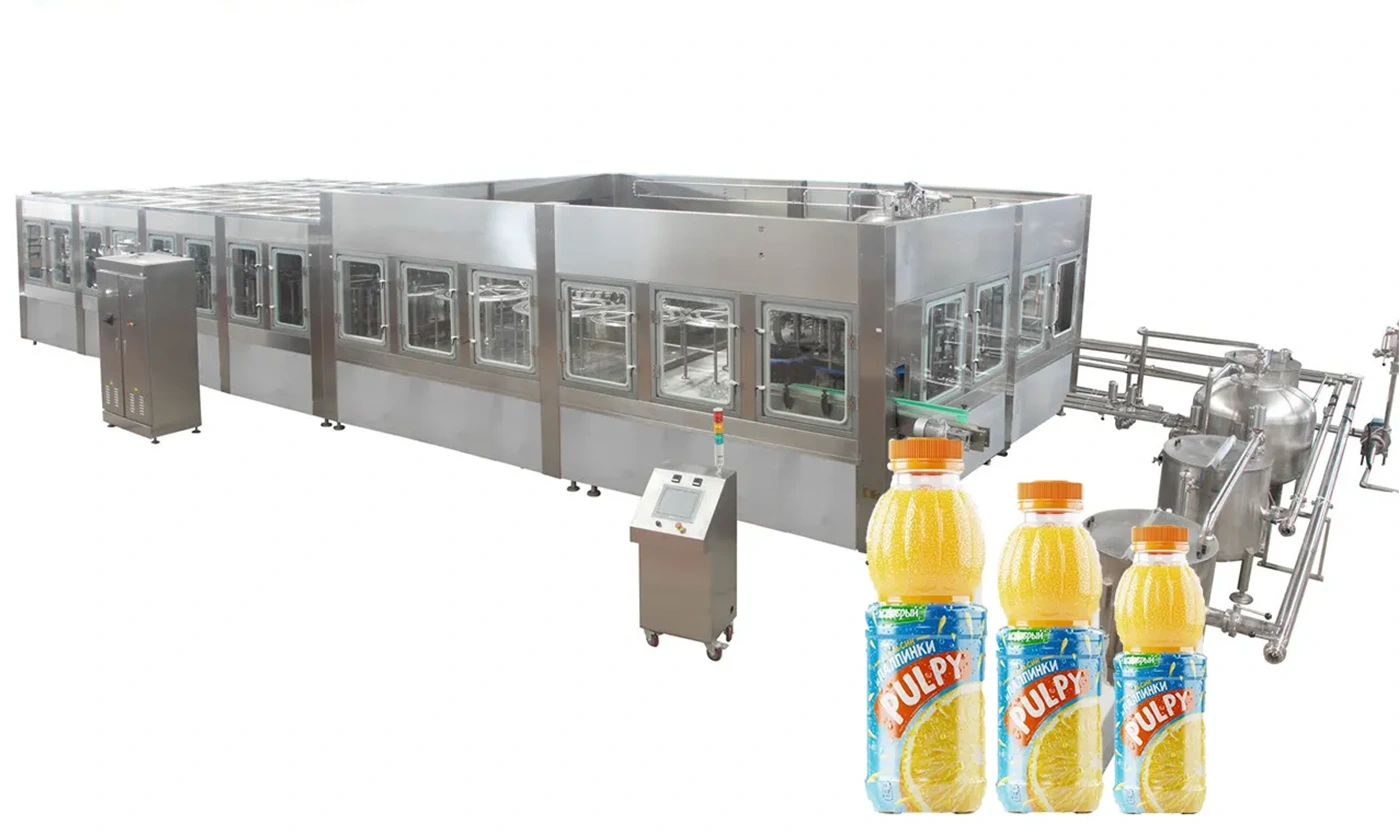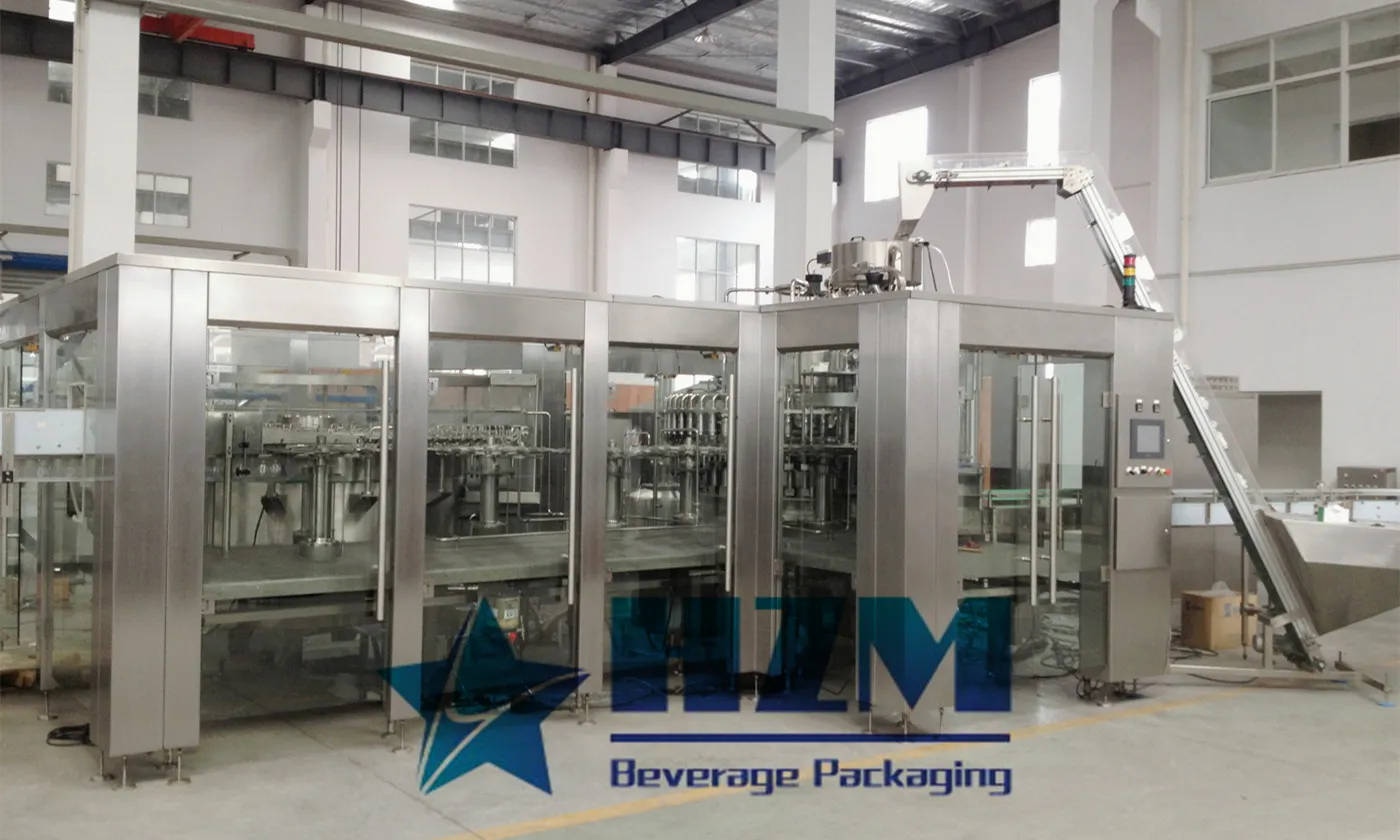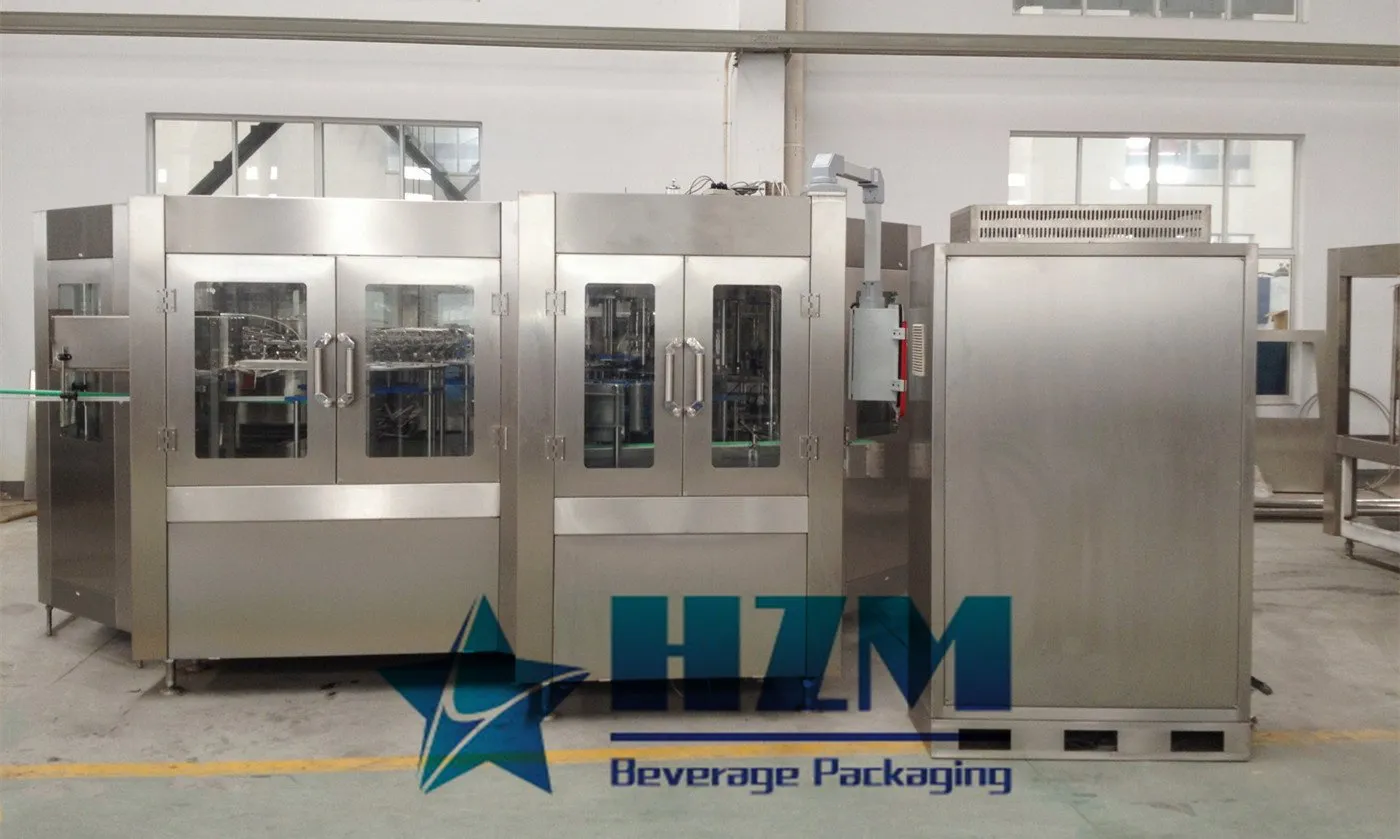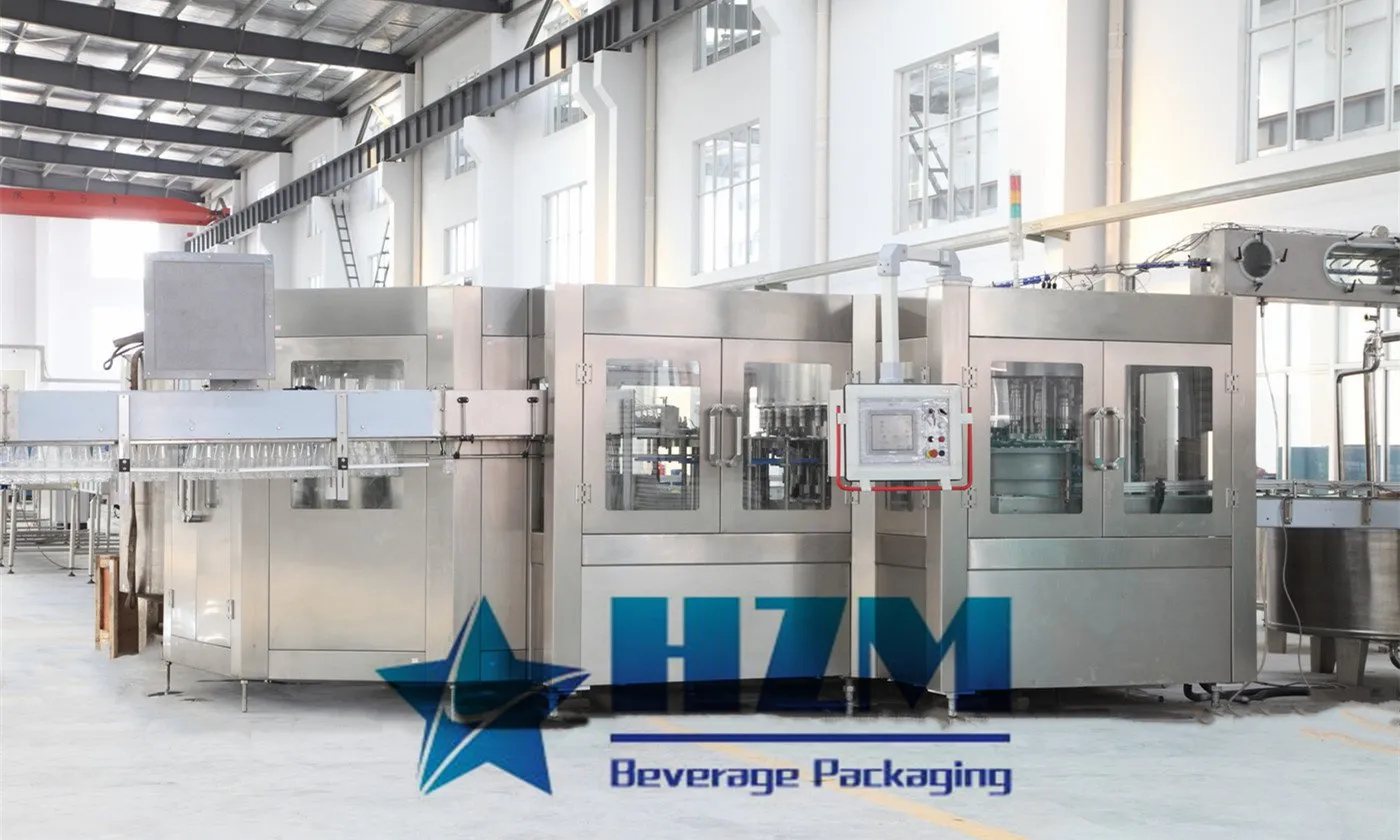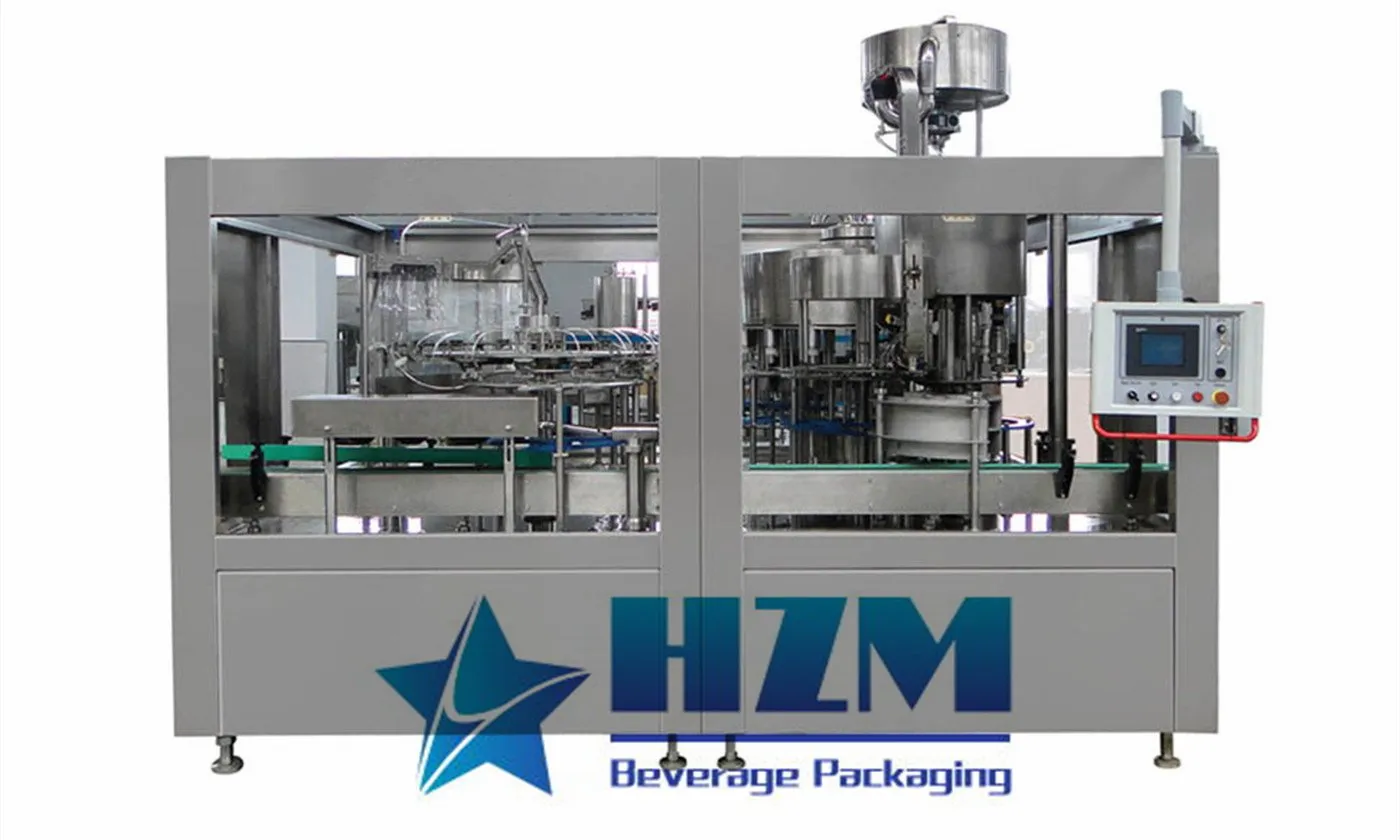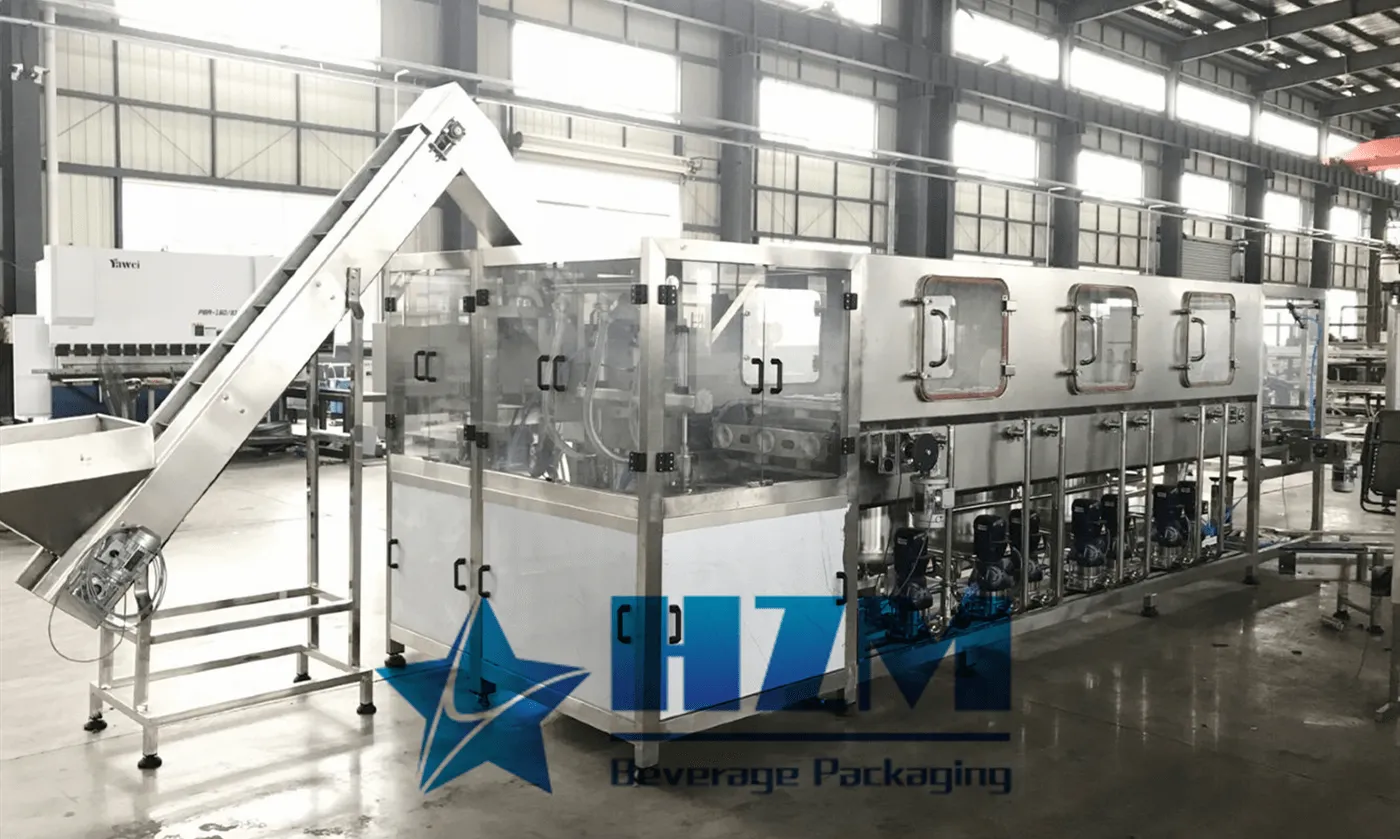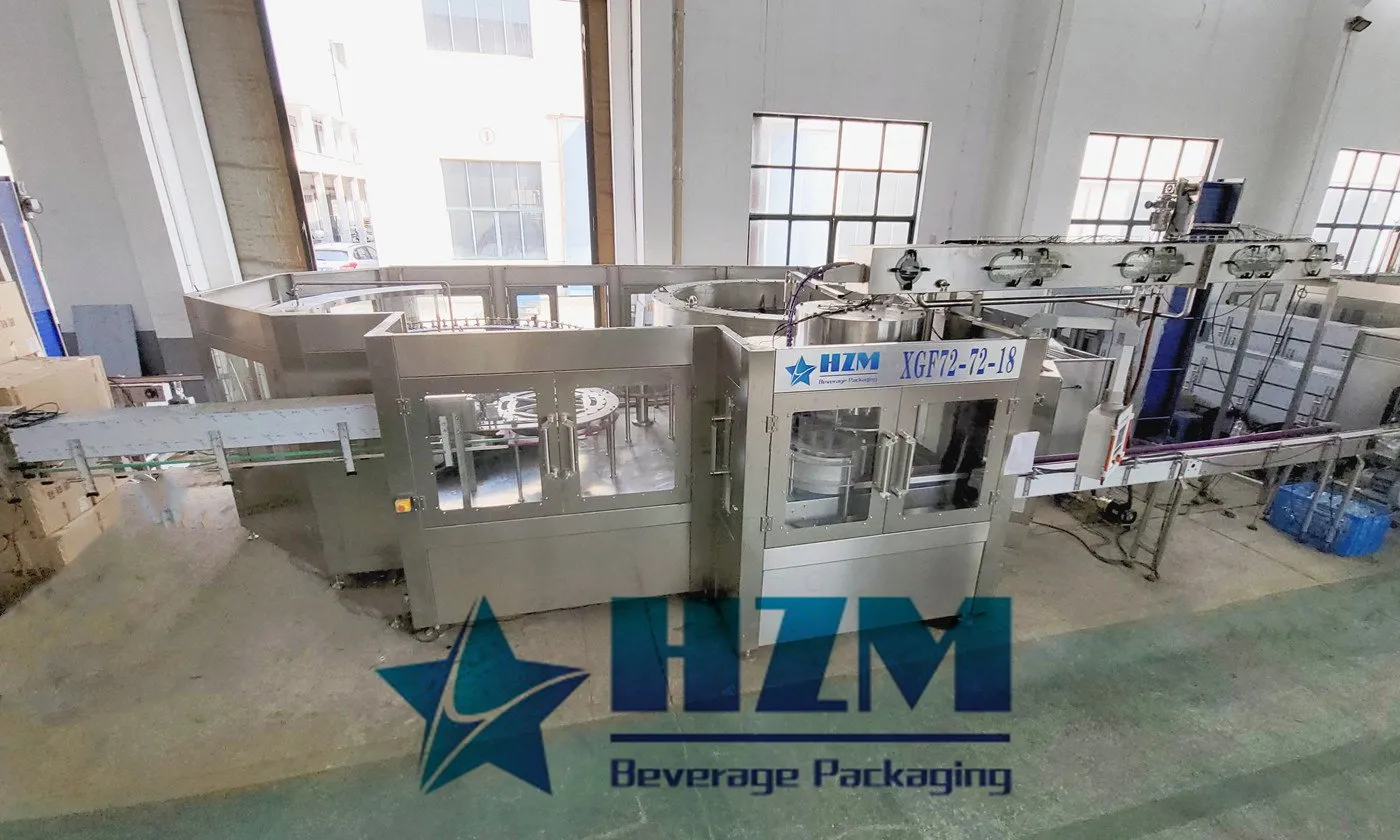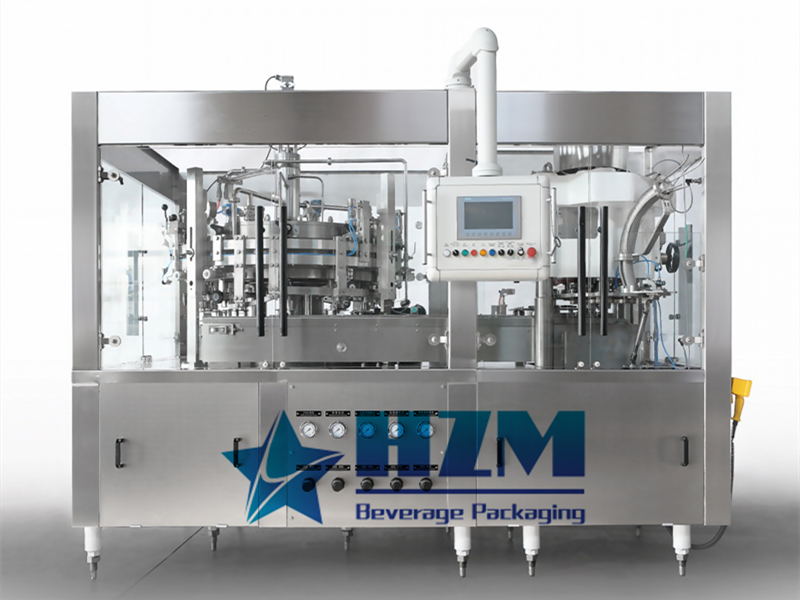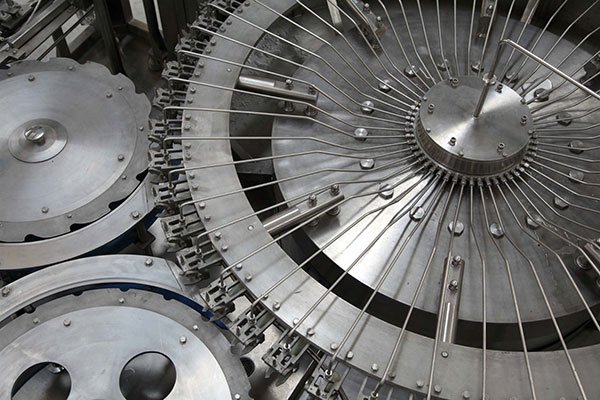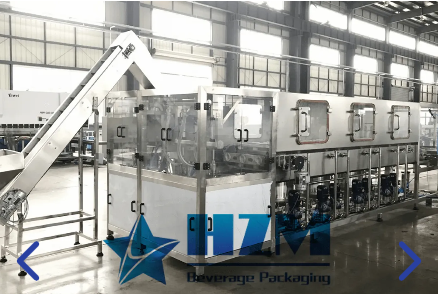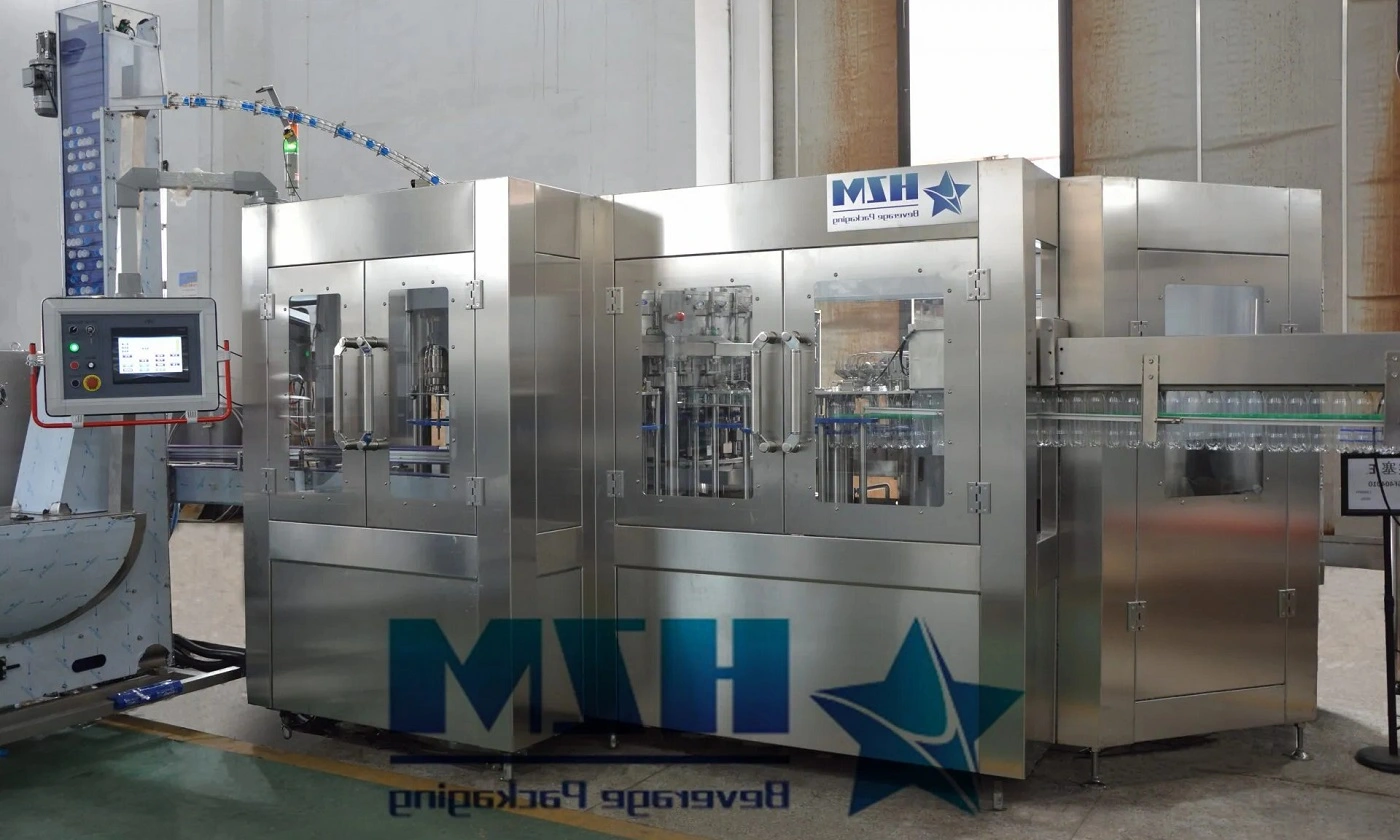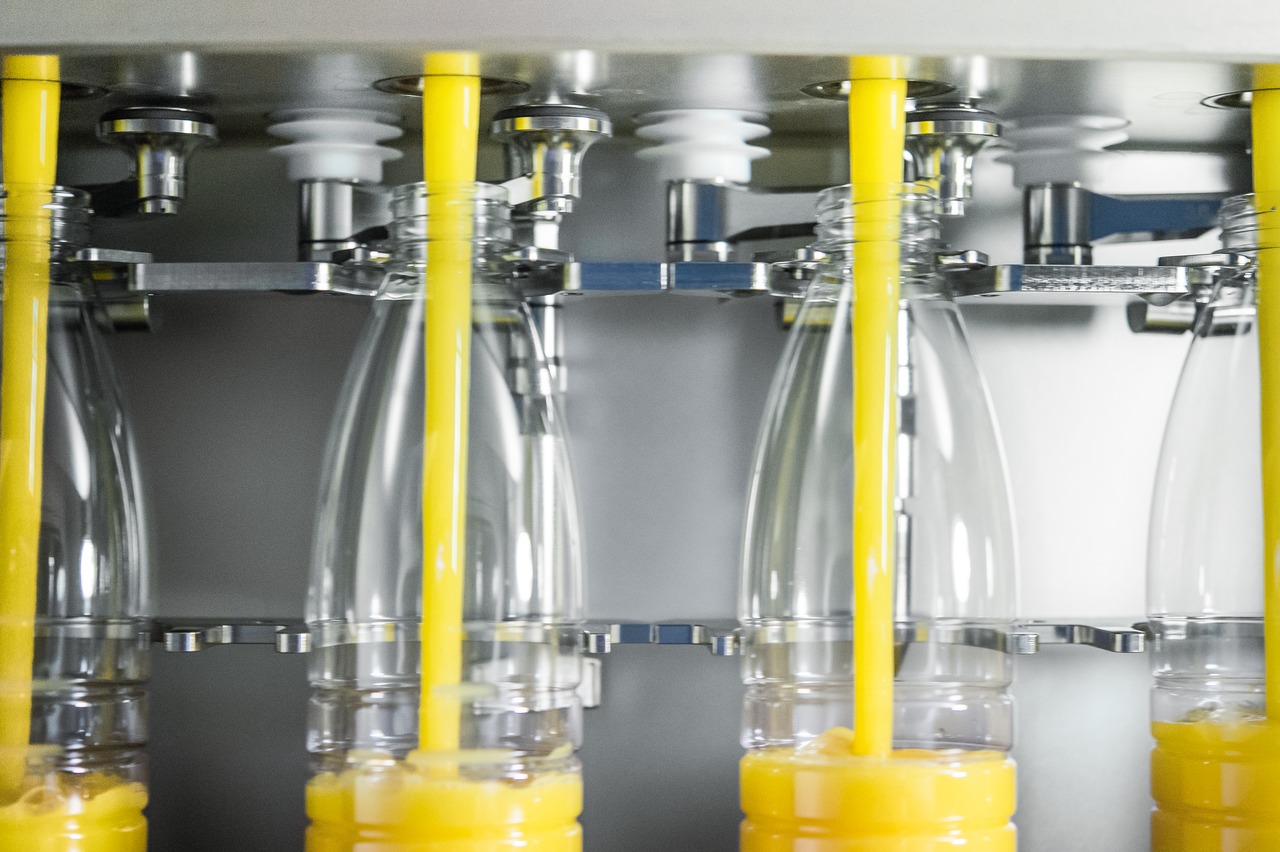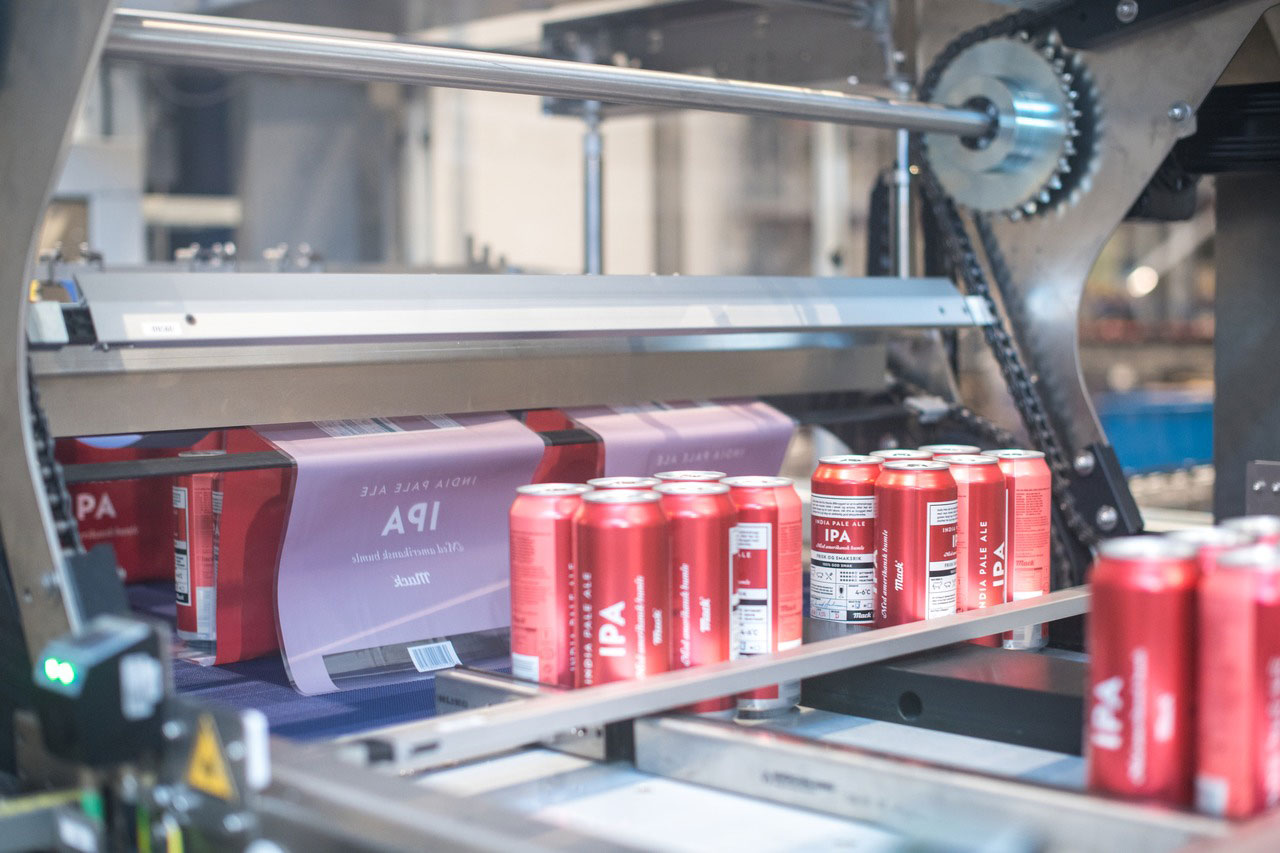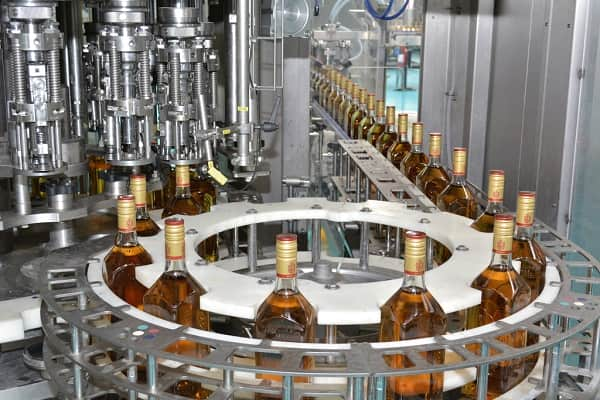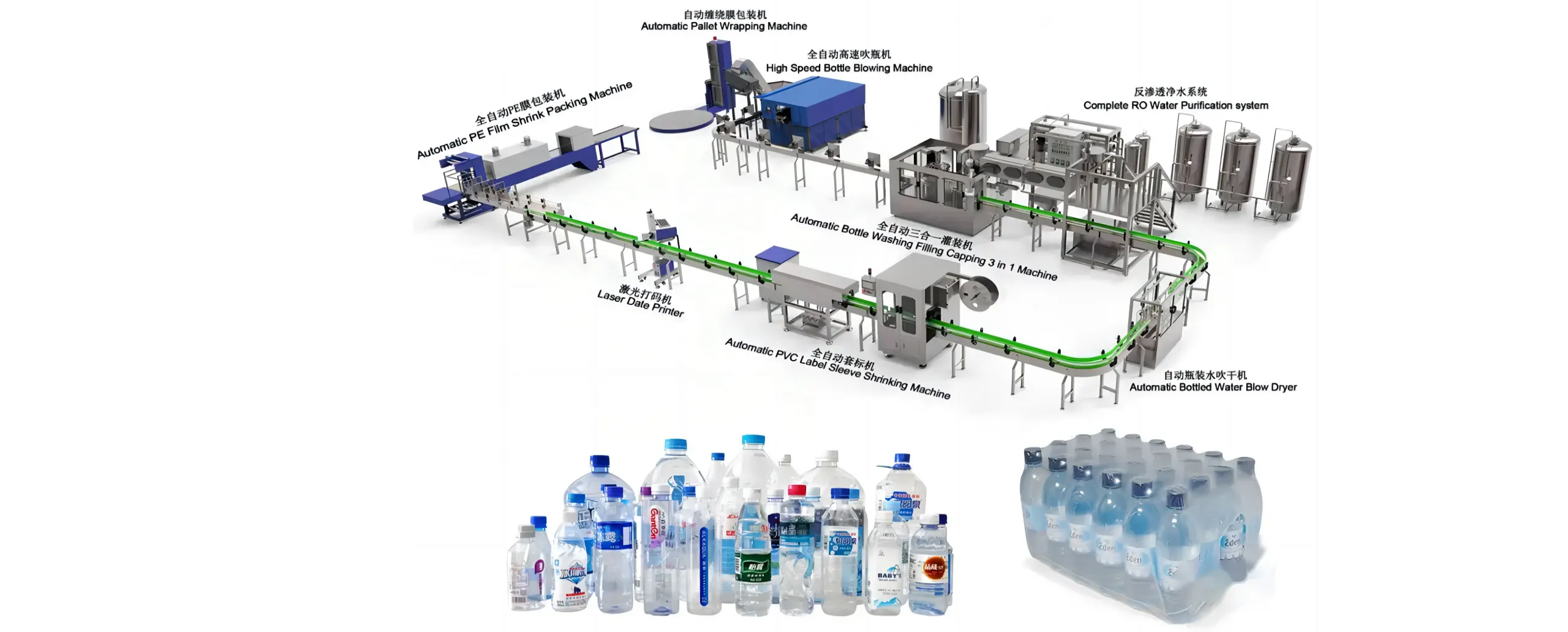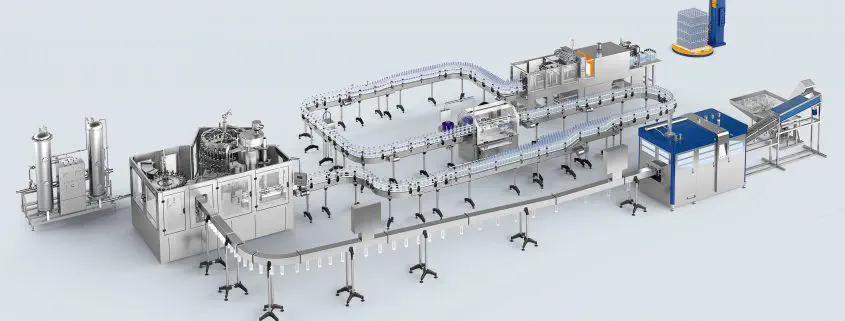How to Establish a Bottled Water and Beverage Factory?
Establishing a bottled water and beverage factory involves a systematic process and careful consideration of various factors. Here's a comprehensive guide to help you navigate the process:
1. Feasibility Analysis
This involves a comprehensive consideration of local economic development, industry scale and stage of development, government support policies, strengths and characteristics of competitors, special raw material resources, available technological advantages, sales channels, and accessible funds and other social resources. It is essential to avoid blind decision-making and seize investment opportunities. For the chosen investment projects, emphasis should be placed on creating new business models to enhance competitiveness and profitability.
2.Marketing Planning
A successful project requires careful planning even before investment is confirmed. Regardless of the project size, preparations should be made in advance, including securing sales personnel and identifying potential customers. The key steps include:
- Brand Planning: Involves brand design, trademark registration, endorsements, and brand positioning.
- Brand Communication: Encompasses advertising design, holiday marketing, event marketing, and creating star products.
- Investment Planning: Involves identifying mutually acceptable distributors, designing gift schemes, reward programs, etc.
- Channel Construction: Addresses how to quickly get products to consumers and display them in stores; considerations for the final one meter of purchase decision.
- Team Building: Focuses on effectively conveying marketing plans to sales personnel, implementing incentive mechanisms, providing relevant tools, and conducting systematic training.
3.Formula Development
Analyze factors such as target customer preferences, market trends, and quality control to develop formulas based on:
- Sensory Design: Consider color preferences, viscosity preferences, etc.
- Flavor Design: Decide on sweetness level, effervescence, and preferred fruit flavors.
- Nutrient Design: Consider sugar-free, low-fat, rich in vitamins, dietary fiber, protein, and easily absorbable fermented products, among others.
- Preference Design: Develop unique formulas tailored to specific markets, demographics, or supply methods.
- Product Positioning: Determine ingredient quality and overall production costs.
- Bottled Water: Analyze the regional preference for mineral water, mineralized water, spring water, or multi-functional water based on water source quality and origin.
4.Packaging Scheme
The level of packaging contributes to 20% of customer-accepted products. Packaging material choice also affects equipment selection and total product cost. Considerations include:
- Exterior Design: Align with local consumer culture, match local competitors in terms of capacity, and consider appearance related to product characteristics.
- Label Design: Comply with local government requirements and cater to consumer preferences.
- Packaging Design: Consider transportation convenience, product protection, and the impact of material costs on total product costs.
- Packaging Material Supply: Prepare packaging materials within 7 days of signing the equipment contract to facilitate production line equipment and testing.
5.Production Line Equipment
Refer to the document "How to Choose Good Bottled Water and Beverage Production Line Equipment?"
6.Engineering Services:
- Public Engineering: Consider location, factory area, height, ventilation, and other requirements to match functional areas with production line equipment. Verify government-supplied electricity or promised implementation time. Understand the process and requirements for government permits, including clean engineering in filling areas and essential testing means.
- Equipment Engineering: Focus on packaging, transportation, unloading, installation, commissioning, personnel training, production operation, maintenance, spare parts supply, etc.
Resource Sharing:
- Technical Resources: Consider sharing industry experts, professional companies, local and global resources to complement individual and corporate skills. Suppliers should not only have advanced technology but also align with project requirements, providing comprehensive solutions from planning and procurement to production, operation, etc.
- Capital Resources: Recognize that modern business competition is largely a competition of capital. Consider the source and amount of funds, choose high-quality shareholders and cooperate with investment and financing institutions. Evaluate fund allocation across dimensions such as factory, equipment, raw materials, advertising, operational costs, etc., to ensure the integrity of all project aspects for success.
- Management and Operation: On a tactical level, a team with industry experience that can execute plans quickly and efficiently is necessary.
TAG: Beverage Filling Machines Bottled Water Production Line Water Filling Machine



-
![Classification of beverage filling machines]() Classification of beverage filling machinesMar , 24 /2023
Classification of beverage filling machinesMar , 24 /2023 -
![Beverage opens the era of diversified consumption]() Beverage opens the era of diversified consumptionMar , 24 /2023
Beverage opens the era of diversified consumptionMar , 24 /2023 -
![Unveiling the Precision and Efficiency of Water Filling Machines]() Unveiling the Precision and Efficiency of Water Filling MachinesMar , 24 /2023
Unveiling the Precision and Efficiency of Water Filling MachinesMar , 24 /2023 -
![Soft Drinks Sparkling Water Filling Machine: A Comprehensive Guide]() Soft Drinks Sparkling Water Filling Machine: A Comprehensive GuideApr , 26 /2023
Soft Drinks Sparkling Water Filling Machine: A Comprehensive GuideApr , 26 /2023 -
![Fully Understanding Automatic Beverage Filling Machines]() Fully Understanding Automatic Beverage Filling MachinesMay , 08 /2023
Fully Understanding Automatic Beverage Filling MachinesMay , 08 /2023 -
![How to Properly Maintain and Service Automatic Beverage Packaging Machines]() How to Properly Maintain and Service Automatic Beverage Packaging MachinesMay , 17 /2023
How to Properly Maintain and Service Automatic Beverage Packaging MachinesMay , 17 /2023 -
![Leading Manufacturer of Mineral Water Filling Machines]() Leading Manufacturer of Mineral Water Filling MachinesMay , 27 /2023
Leading Manufacturer of Mineral Water Filling MachinesMay , 27 /2023 -
![Your Trusted Manufacturer of Mineral Water Filling Machines]() Your Trusted Manufacturer of Mineral Water Filling MachinesJun , 06 /2023
Your Trusted Manufacturer of Mineral Water Filling MachinesJun , 06 /2023 -
![Bottled Drinking Water Production Line: Equipment and Production Process]() Bottled Drinking Water Production Line: Equipment and Production ProcessDec , 07 /2023
Bottled Drinking Water Production Line: Equipment and Production ProcessDec , 07 /2023 -
![Bottled Water Production Line: Procurement, Installation, and Commissioning]() Bottled Water Production Line: Procurement, Installation, and CommissioningDec , 14 /2023
Bottled Water Production Line: Procurement, Installation, and CommissioningDec , 14 /2023 -
![How to Choose Bottled Water and Beverage Production Line Equipment]() How to Choose Bottled Water and Beverage Production Line EquipmentDec , 15 /2023
How to Choose Bottled Water and Beverage Production Line EquipmentDec , 15 /2023 -
![How to set up a bottled water production line and how much capital is required?]() How to set up a bottled water production line and how much capital is required?Dec , 22 /2023
How to set up a bottled water production line and how much capital is required?Dec , 22 /2023





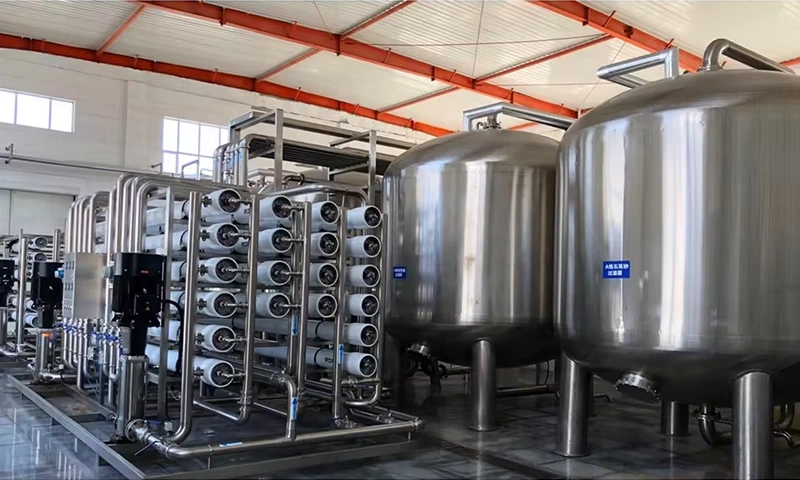
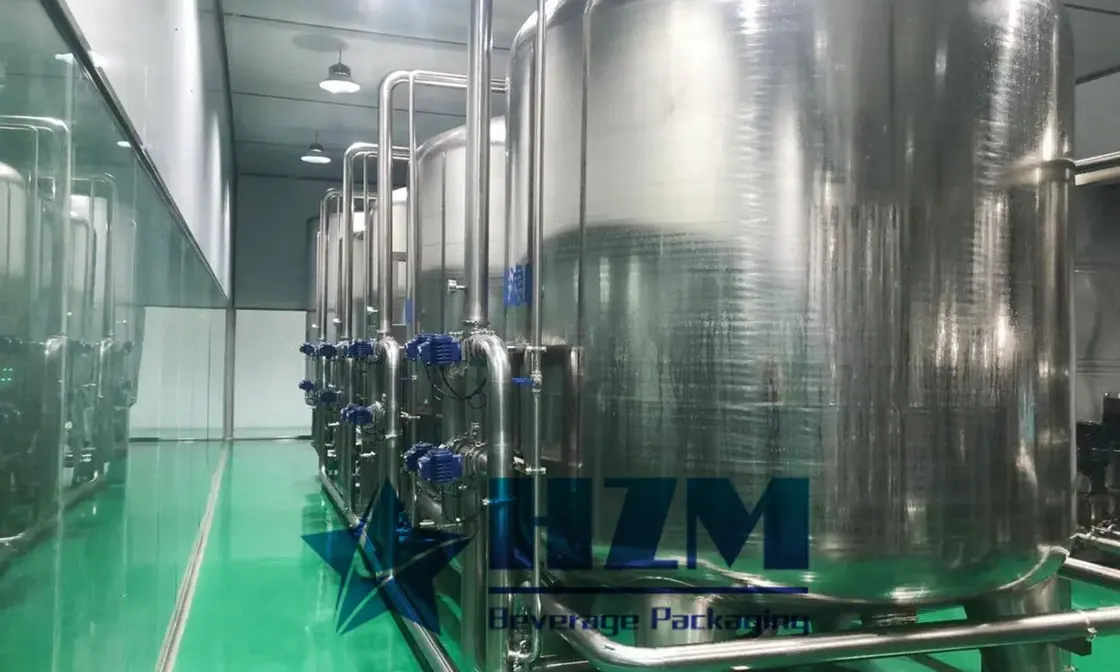
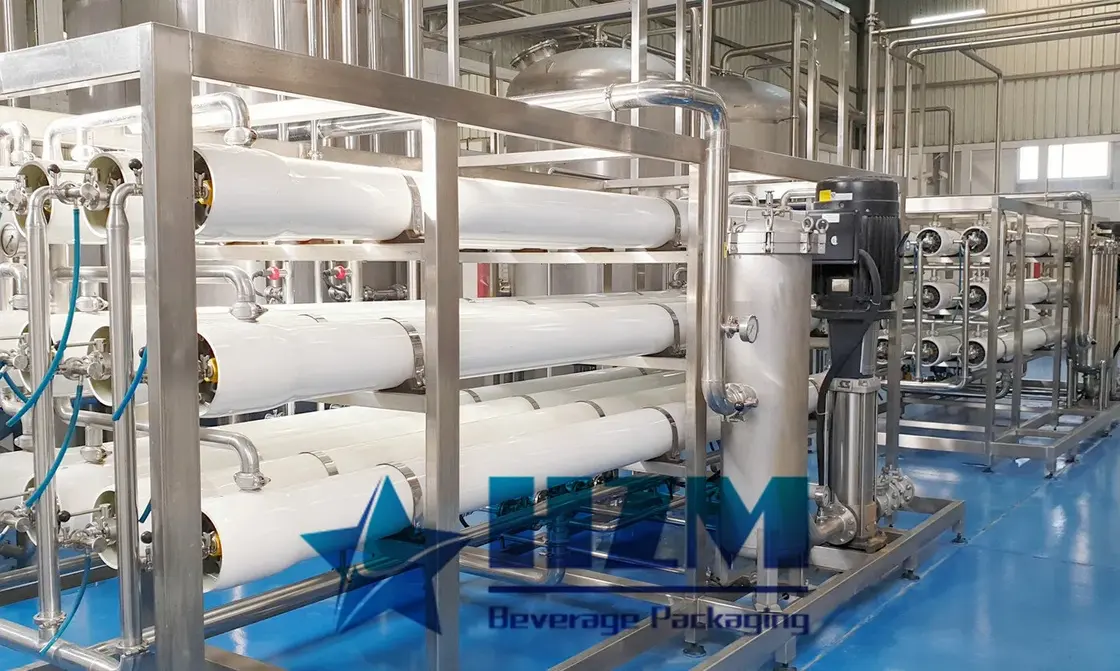
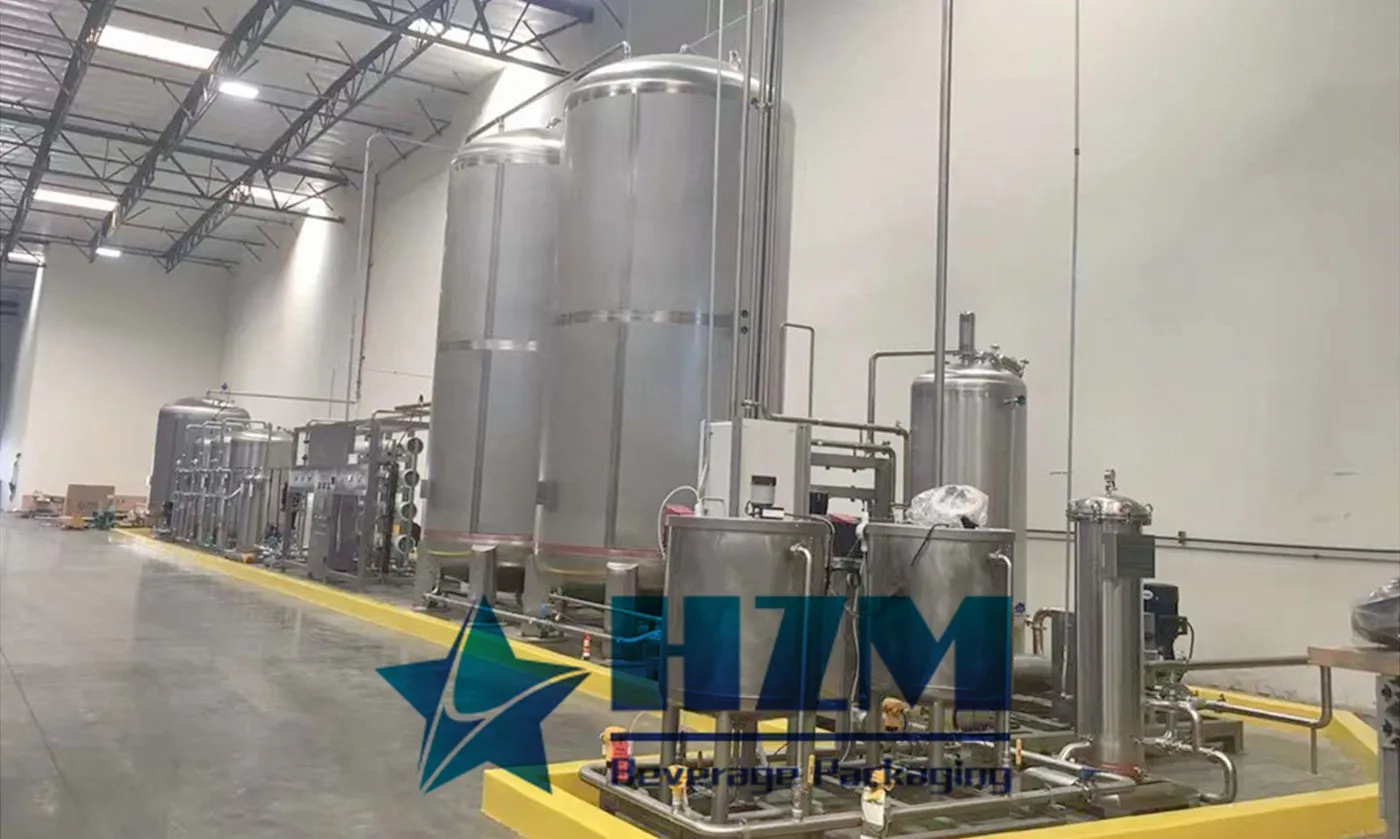
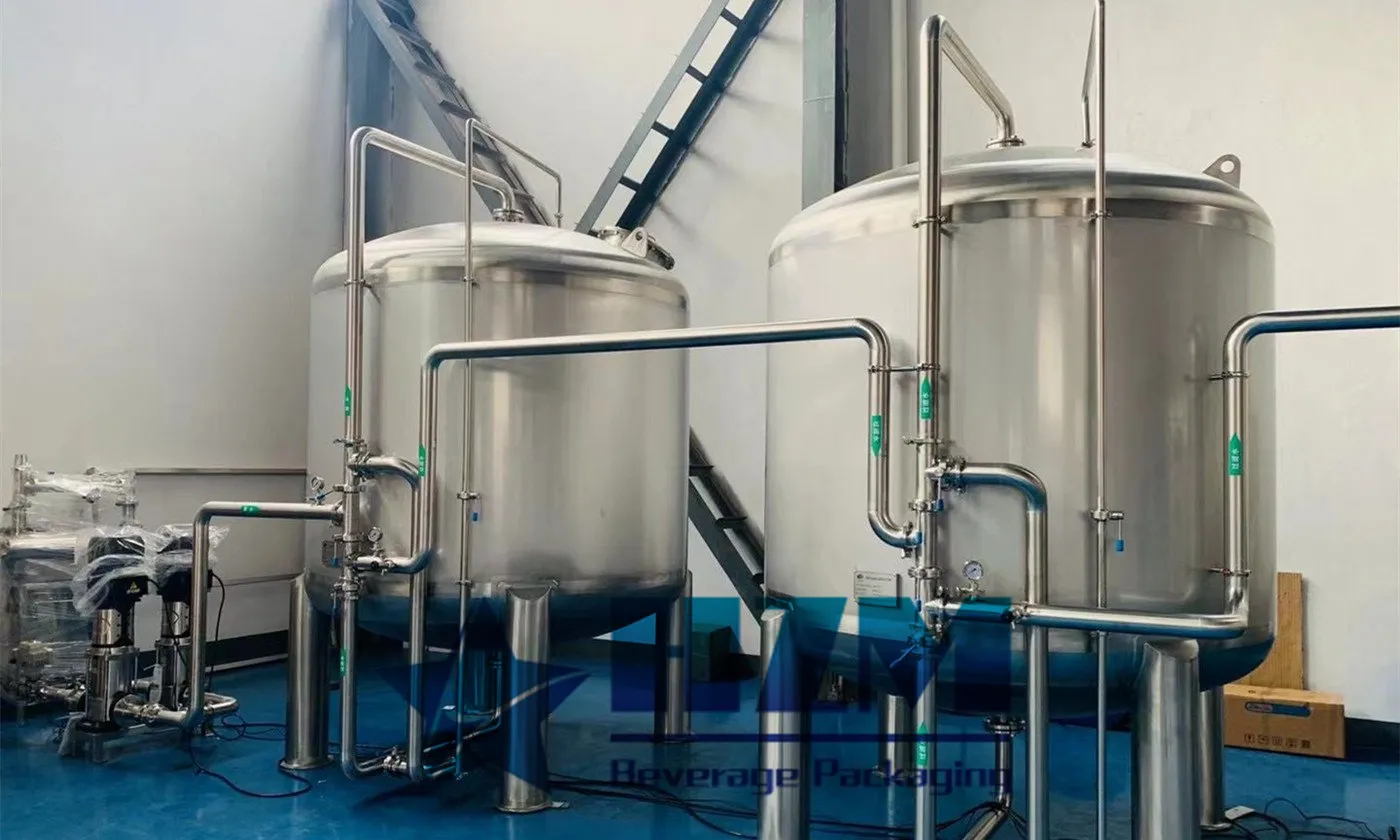
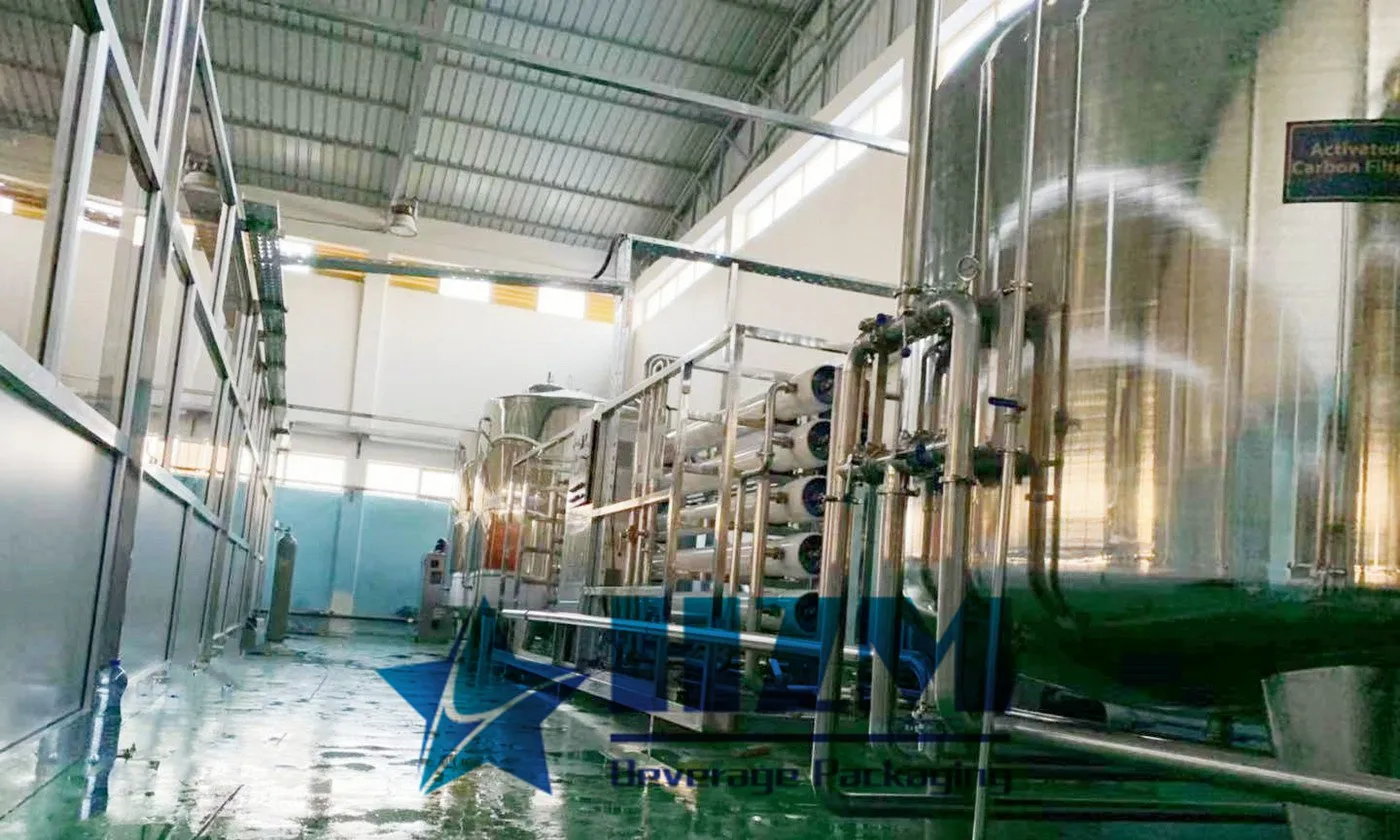
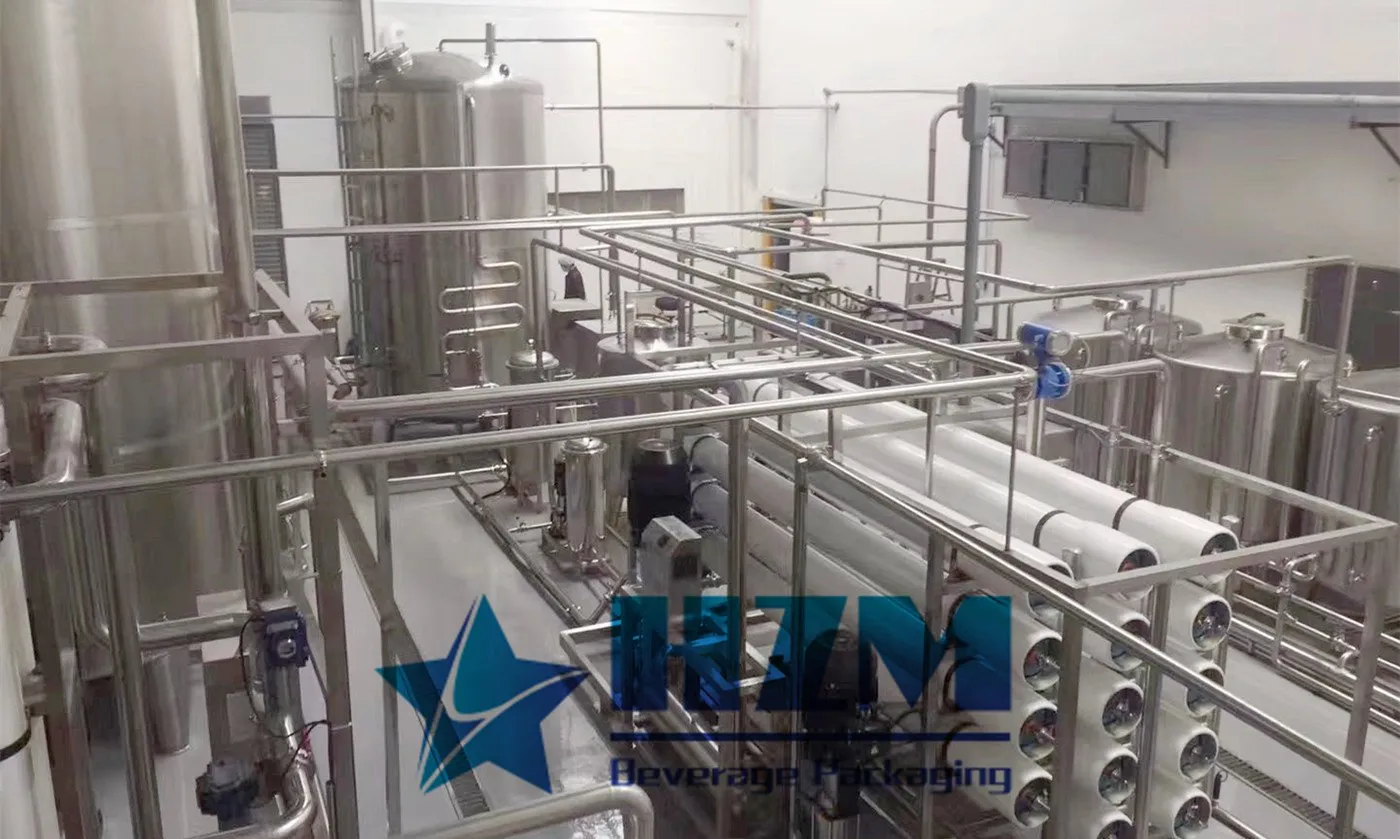
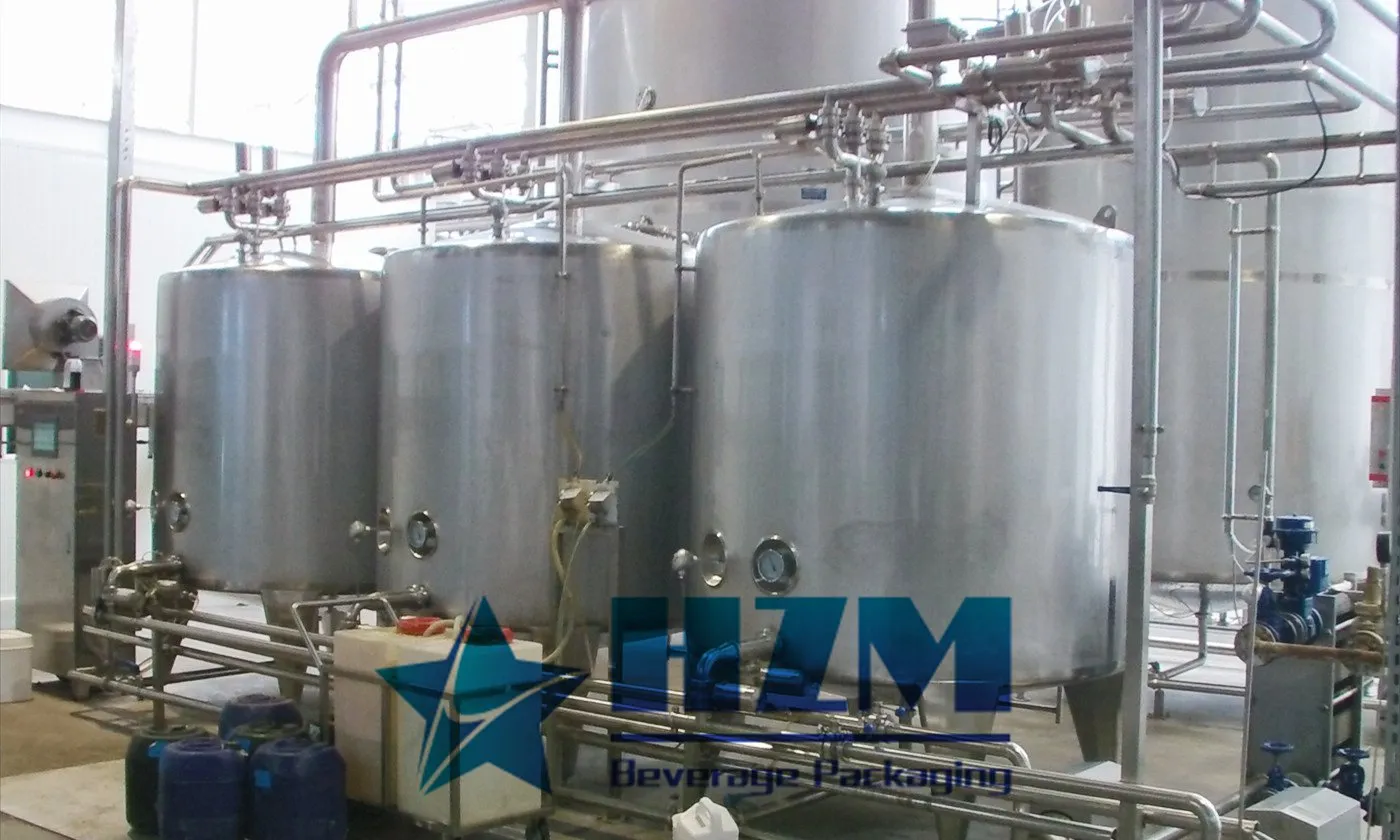
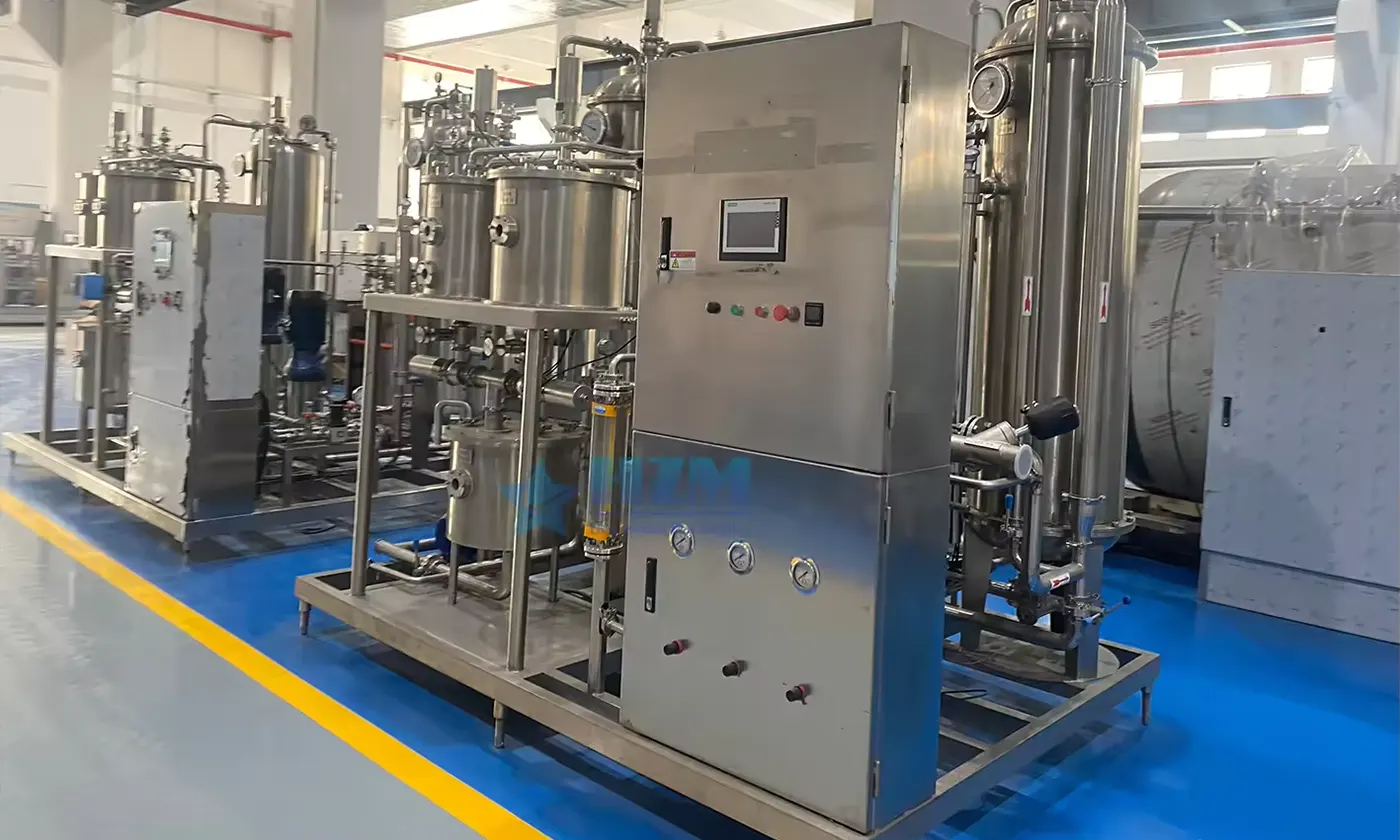
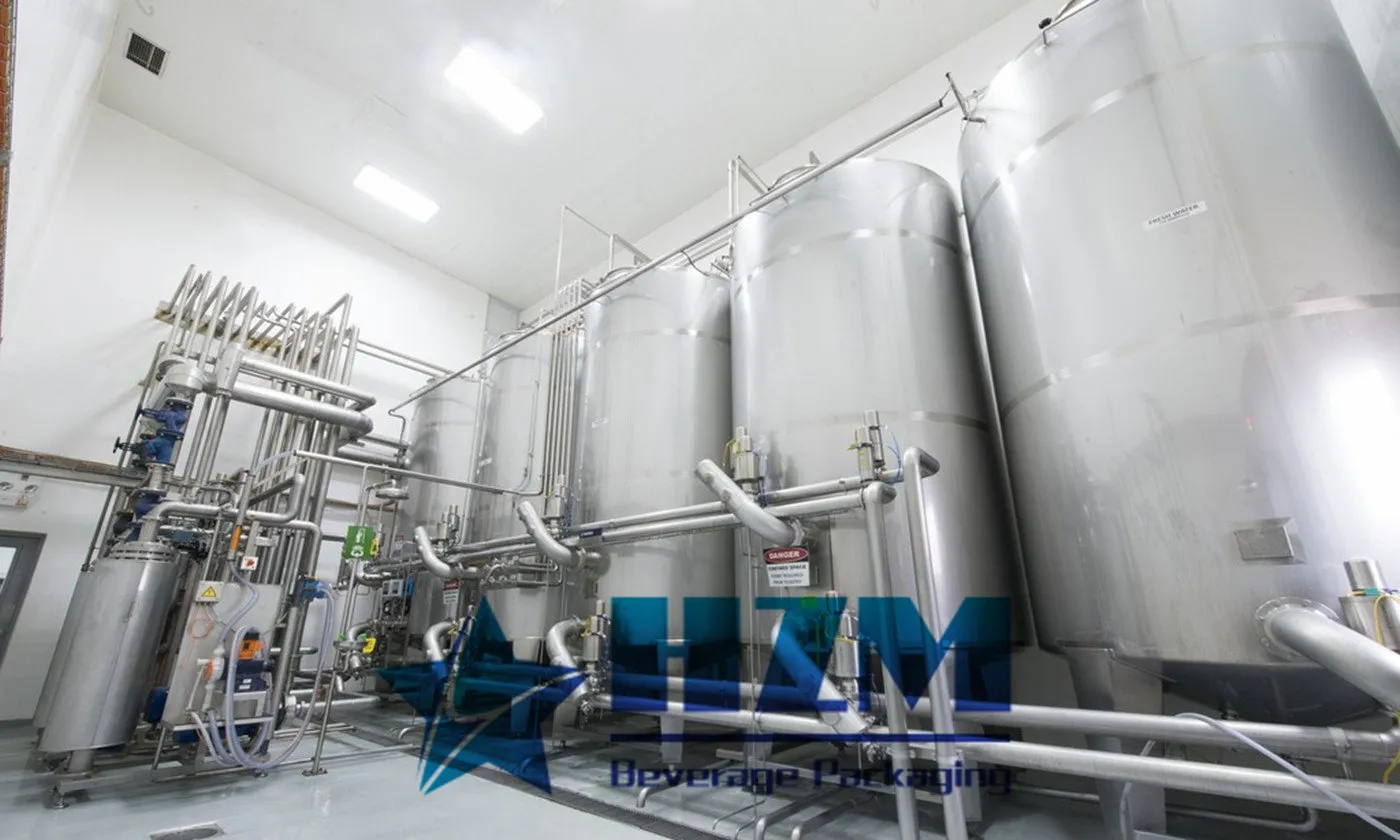
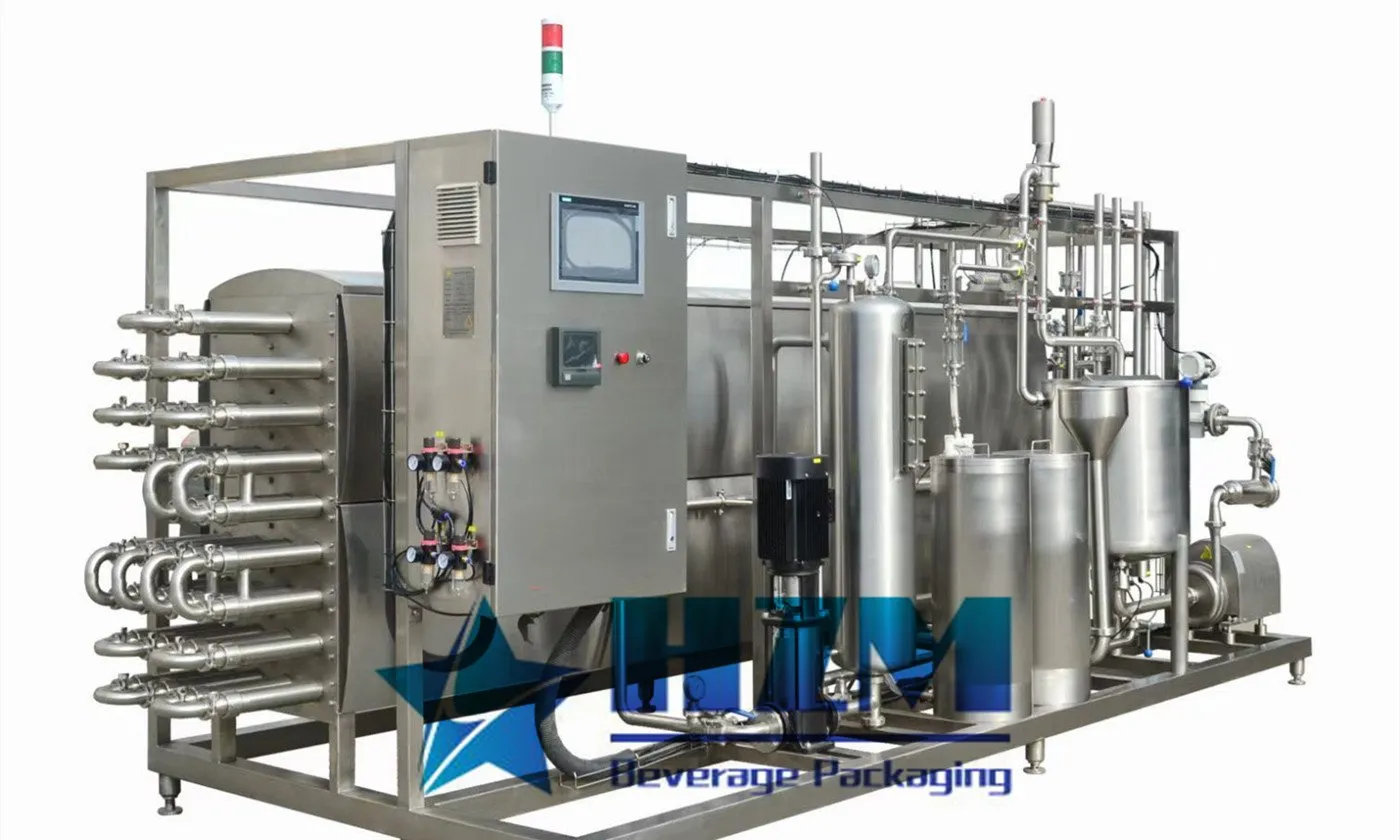
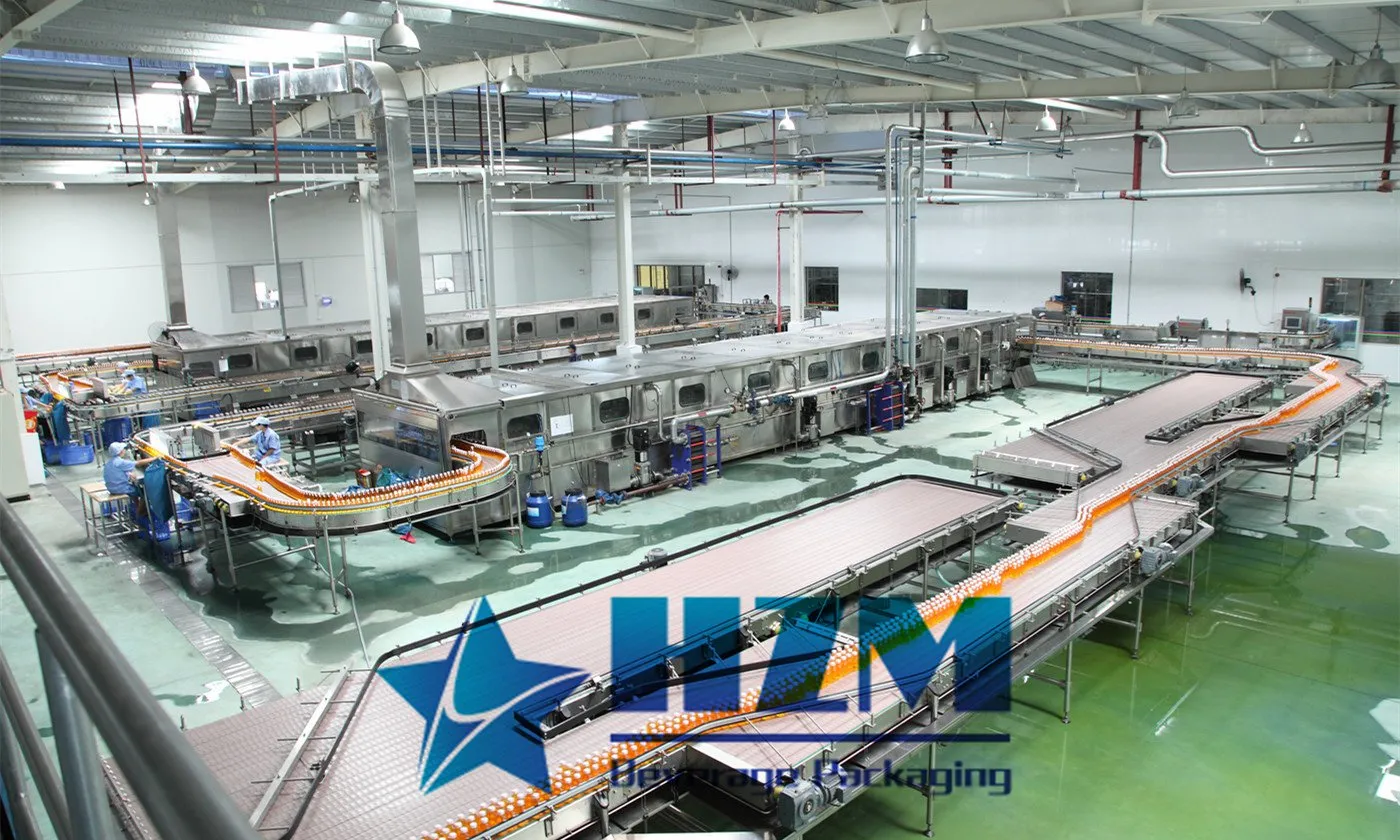
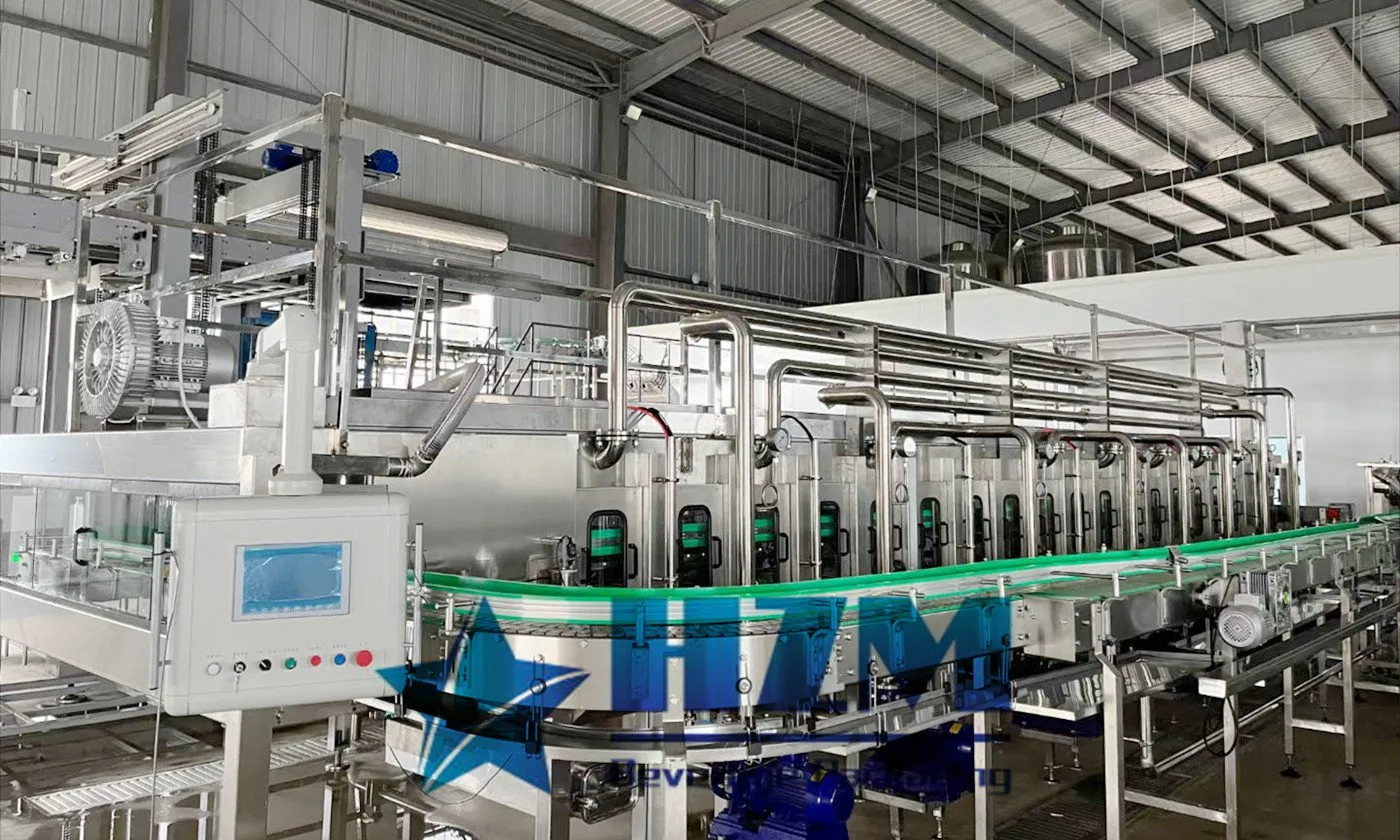
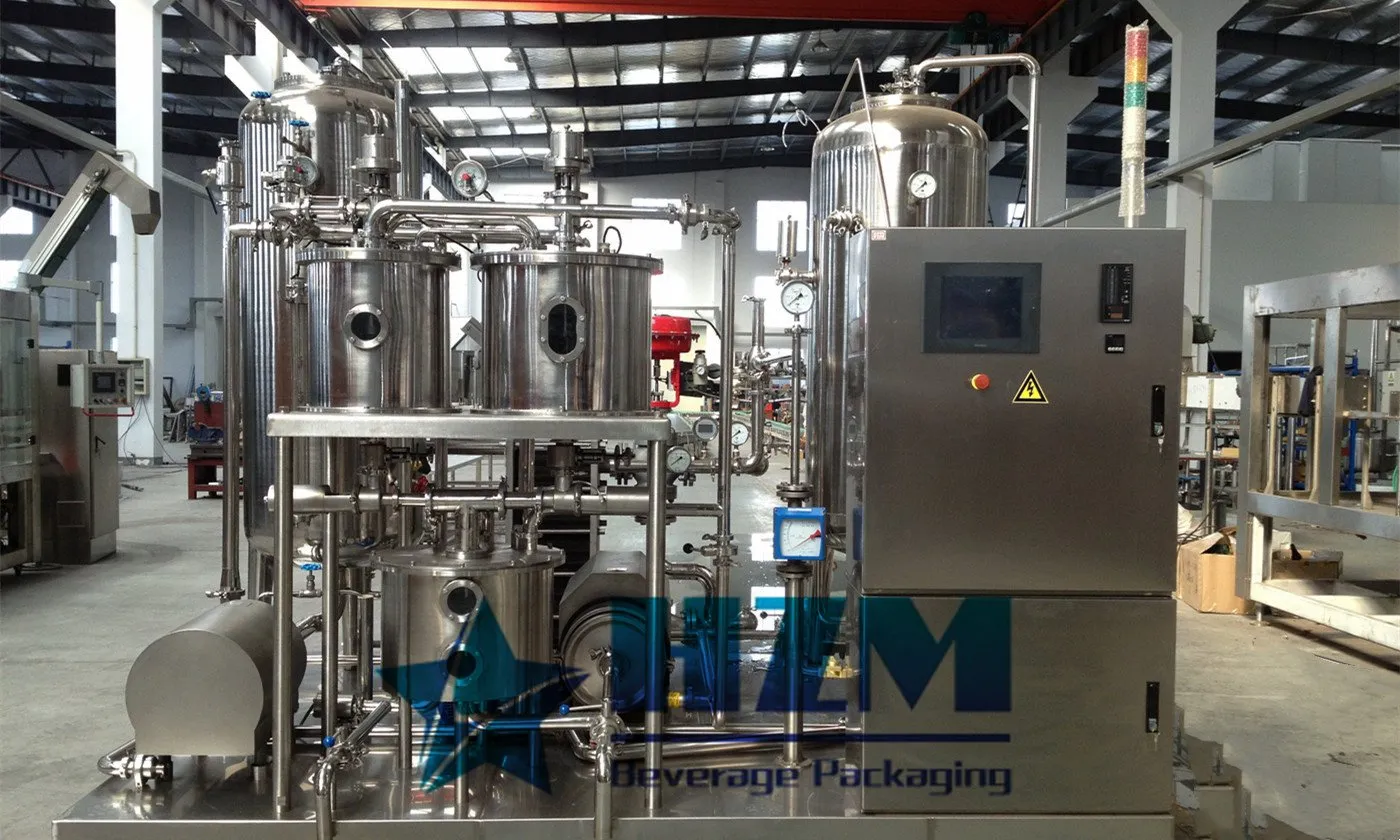
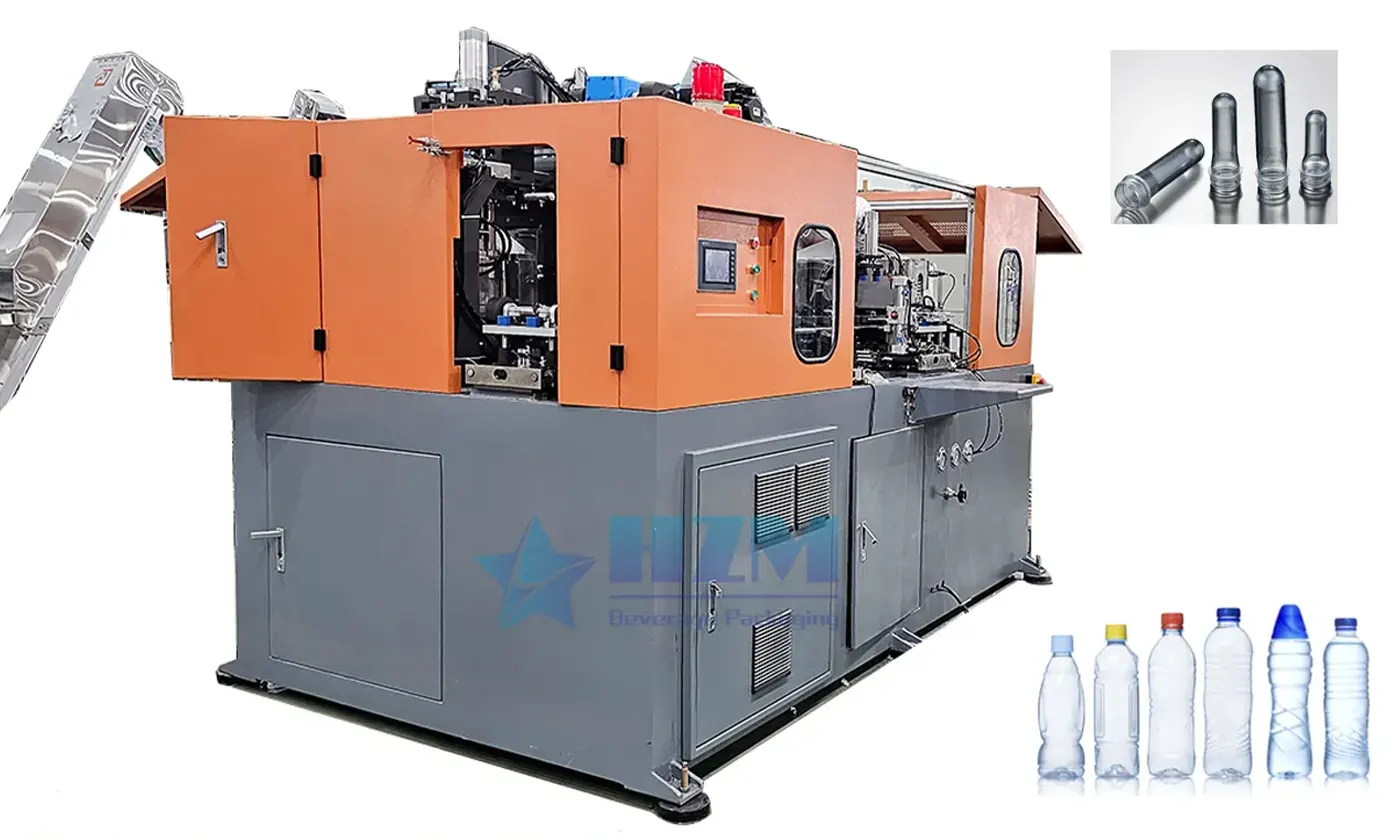
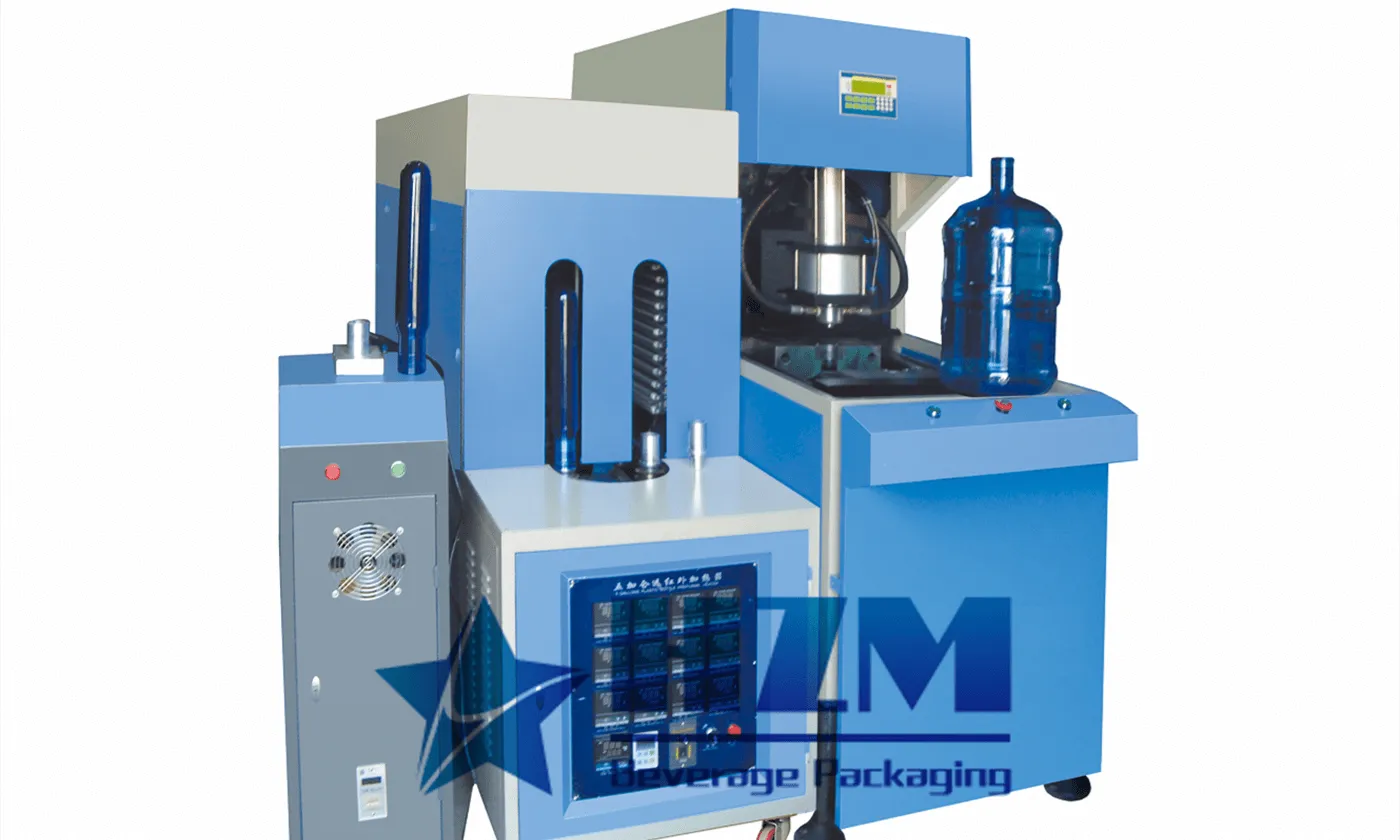
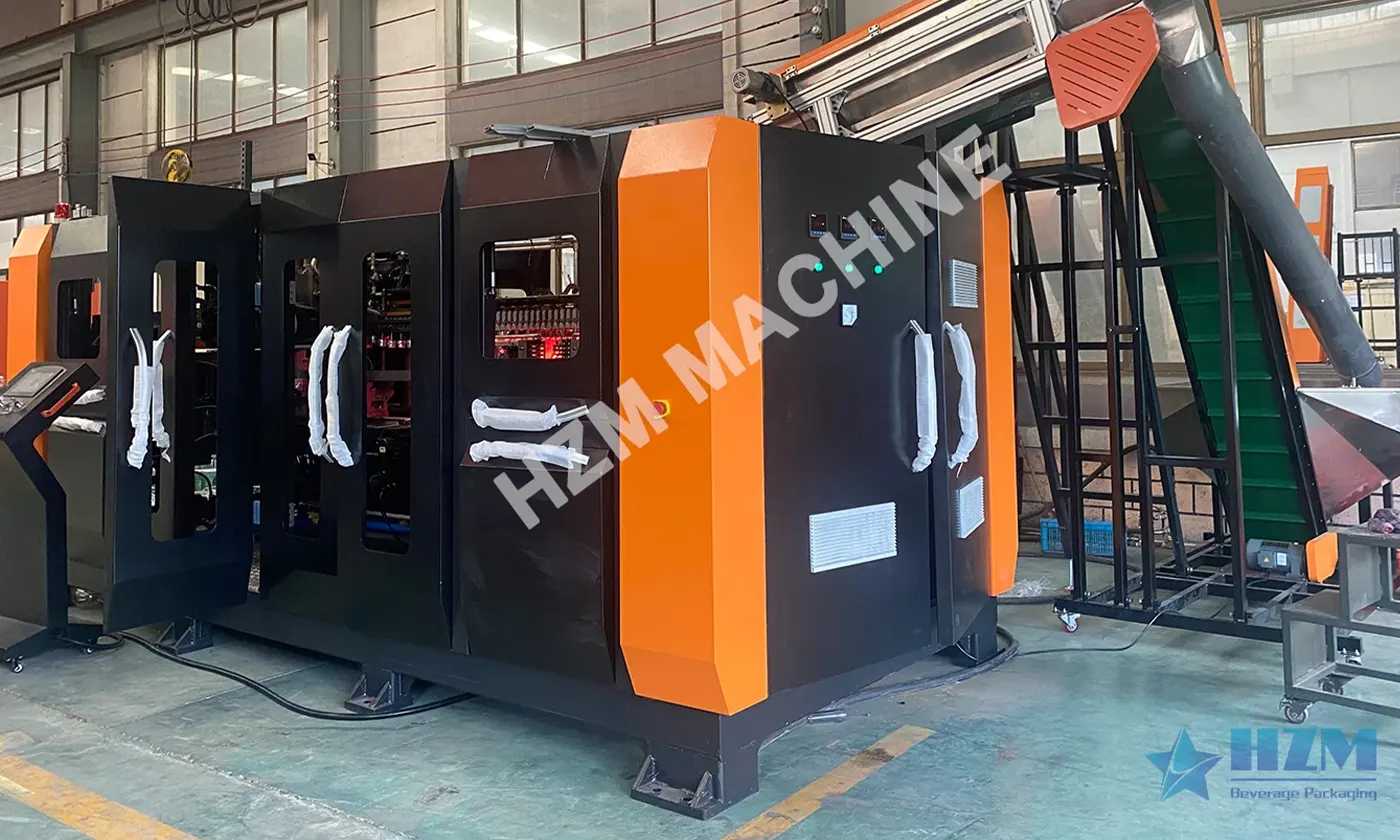
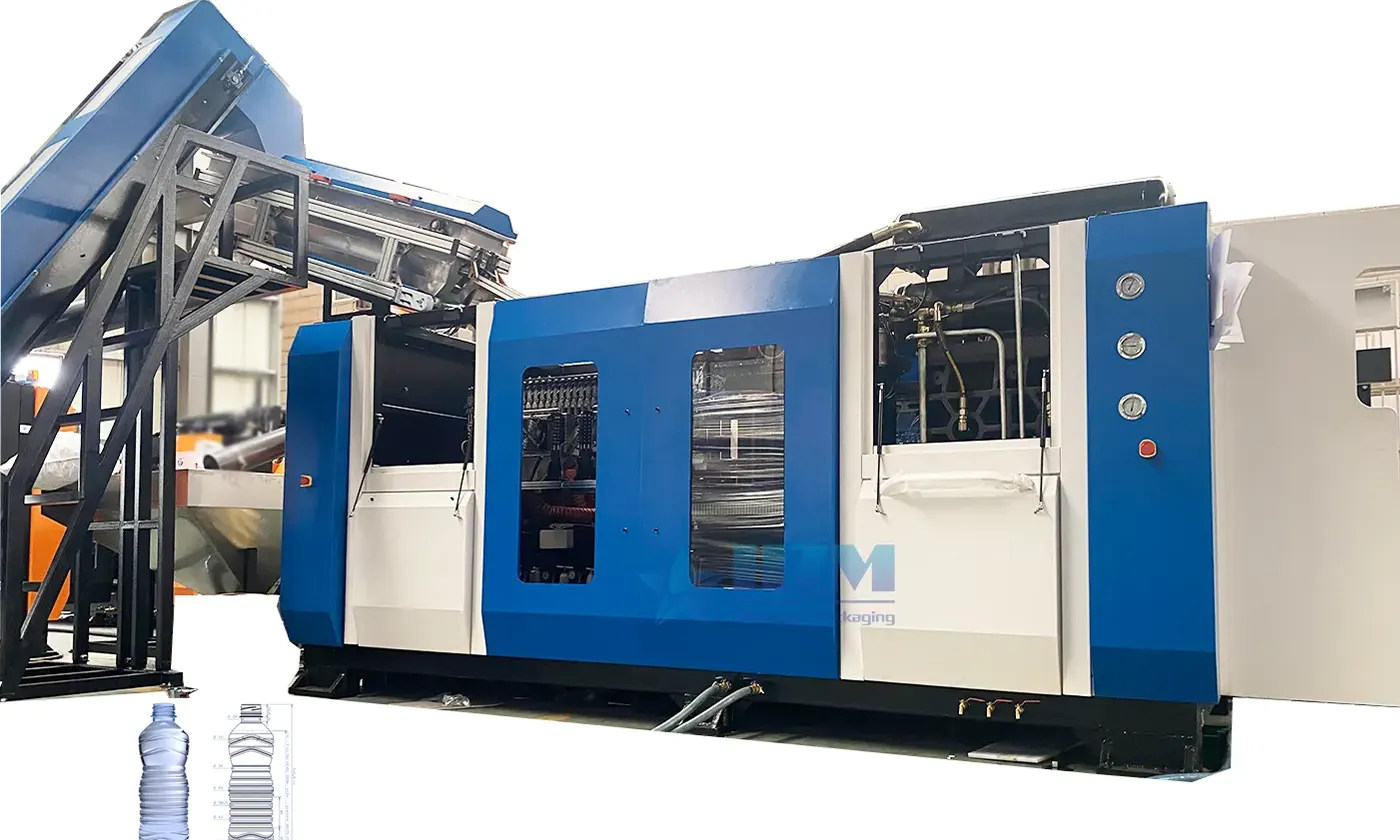
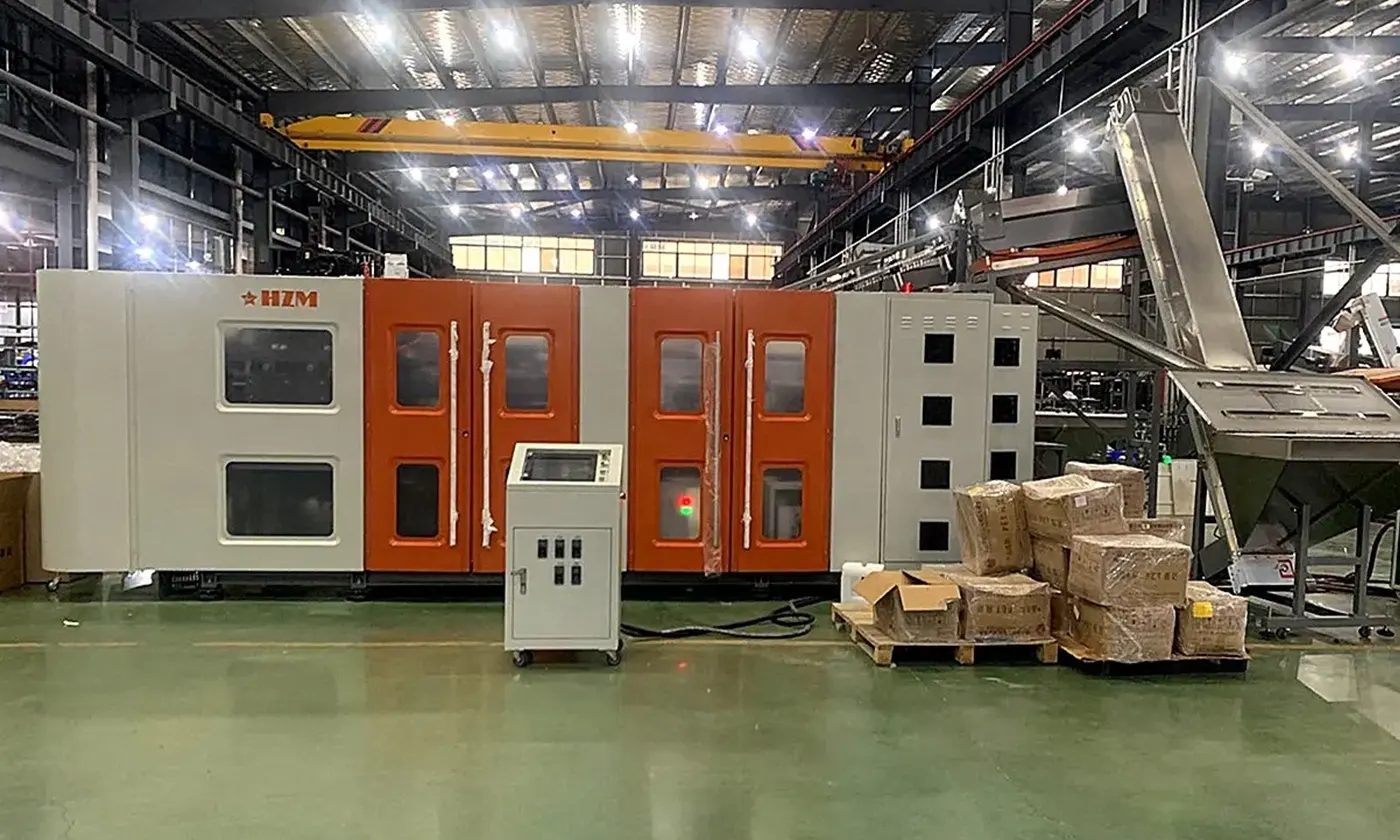
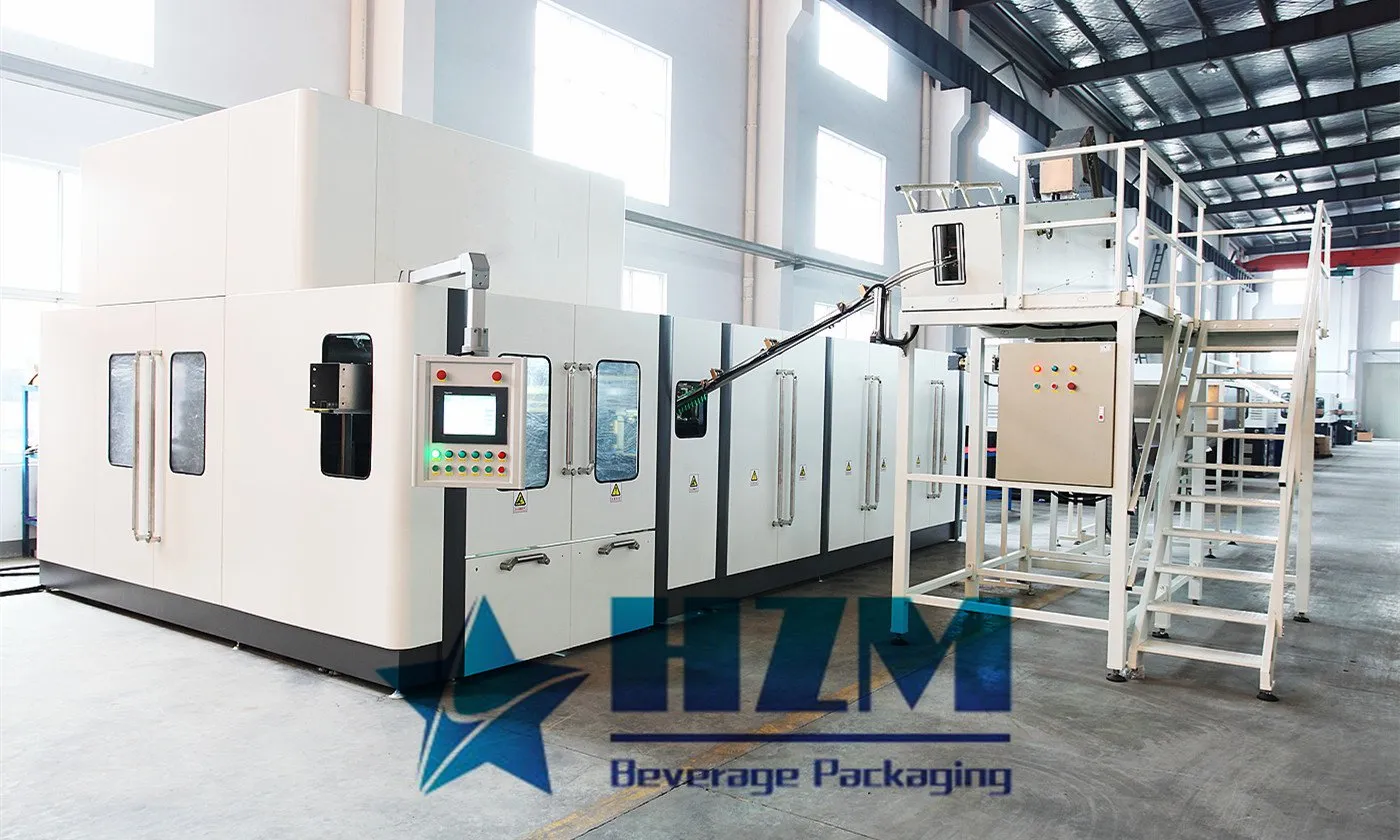
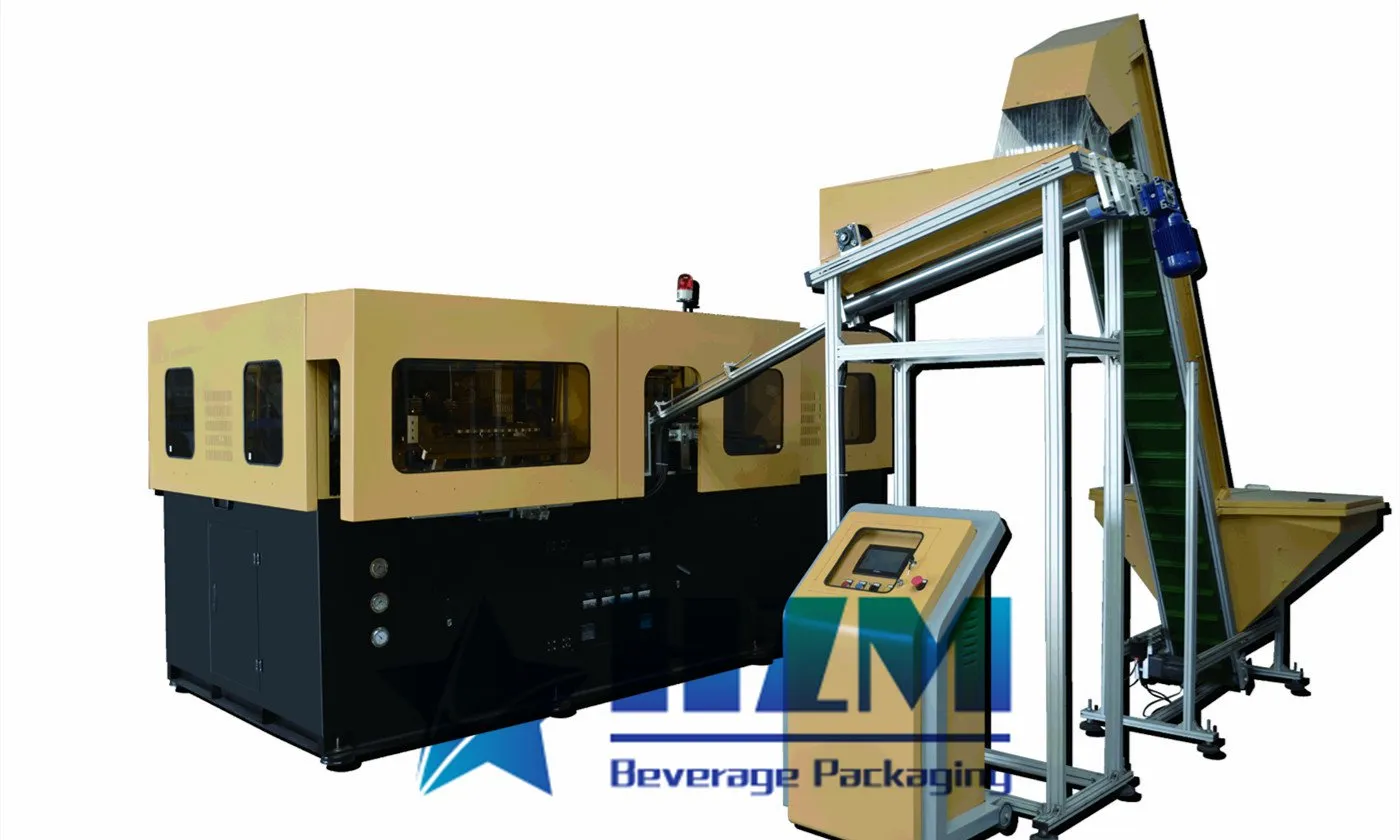
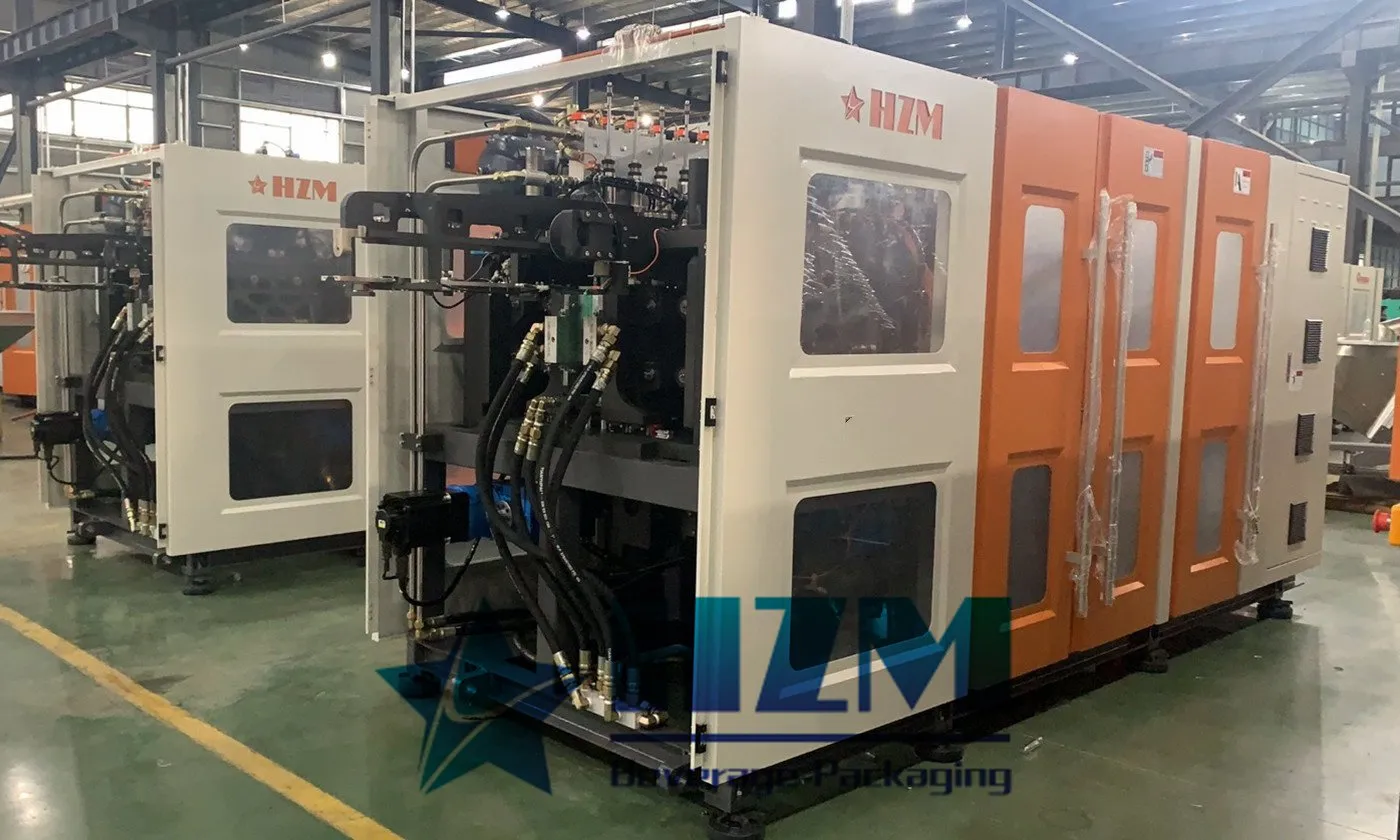
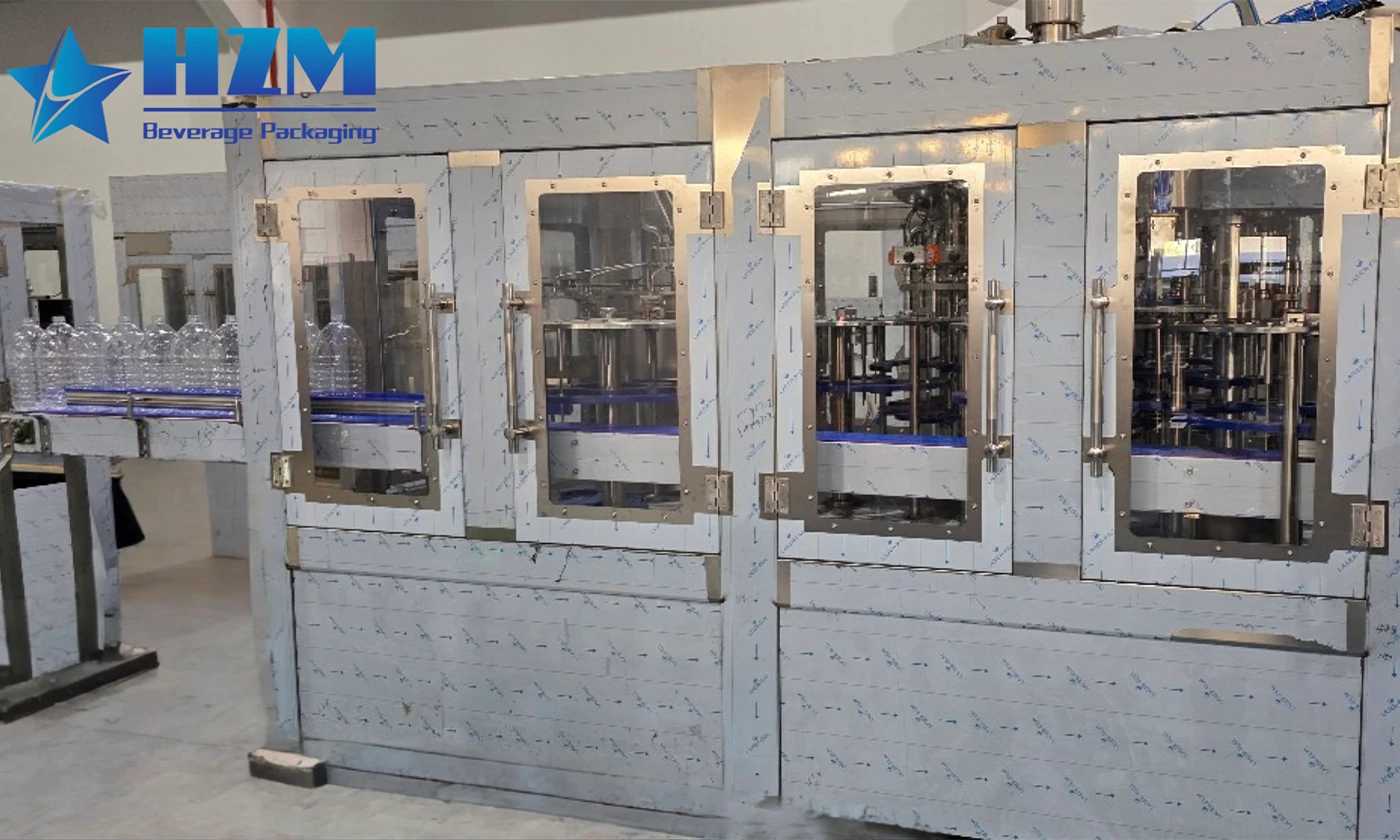
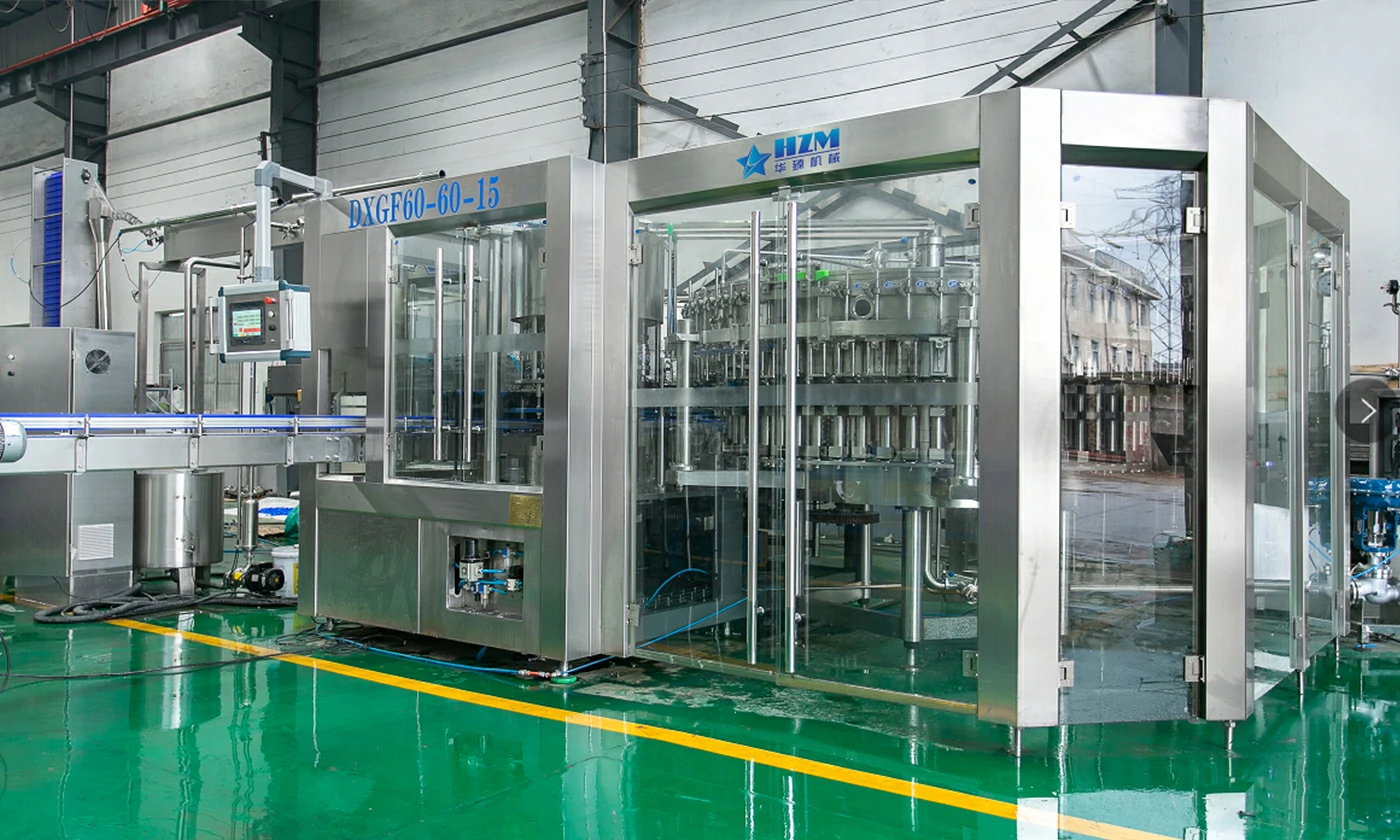
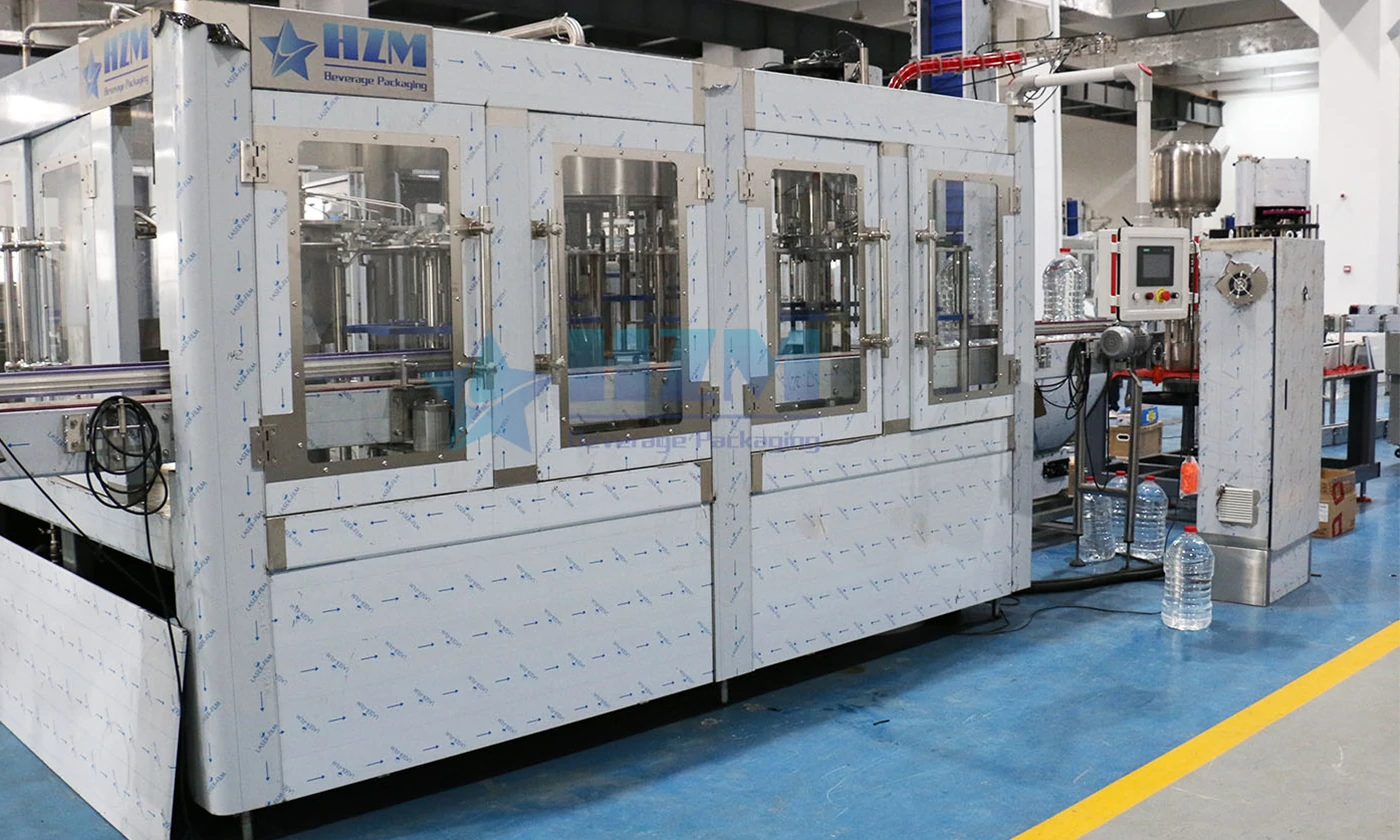
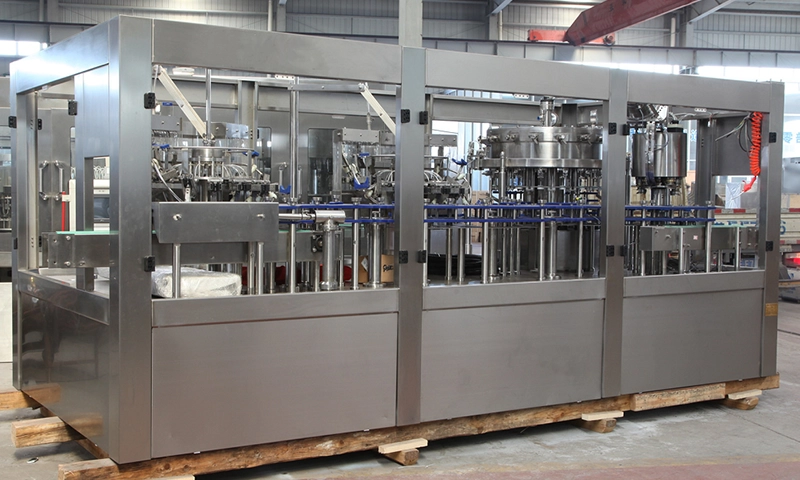
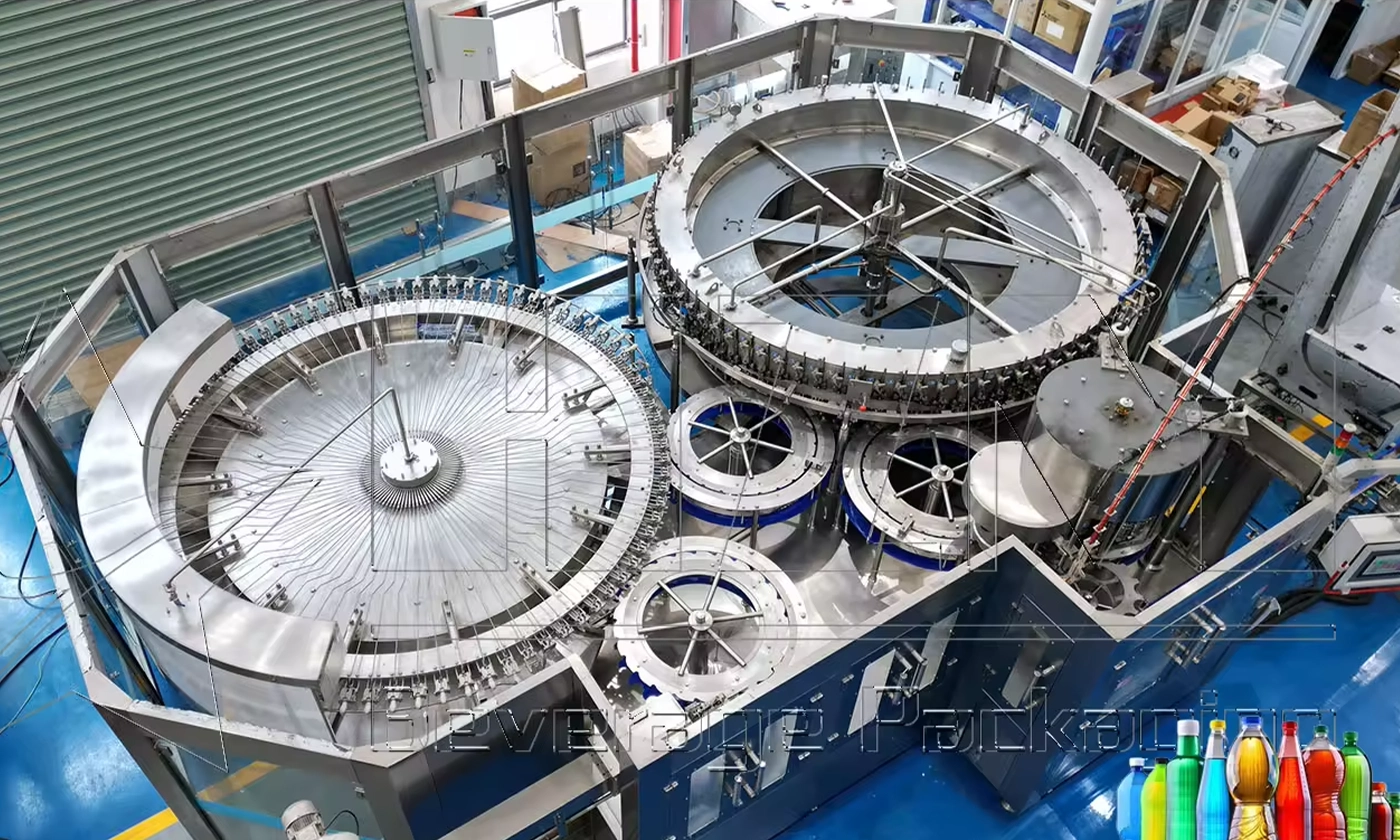
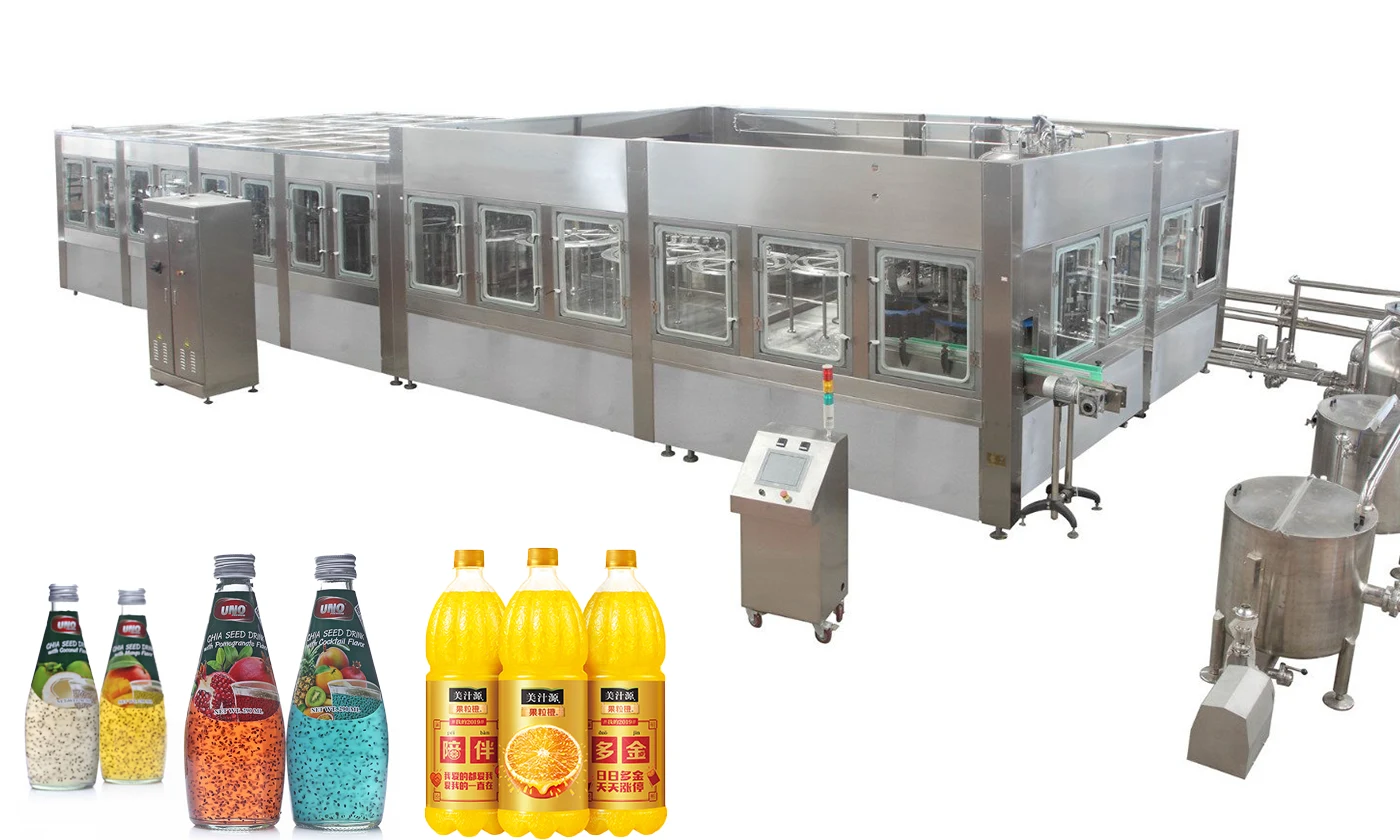
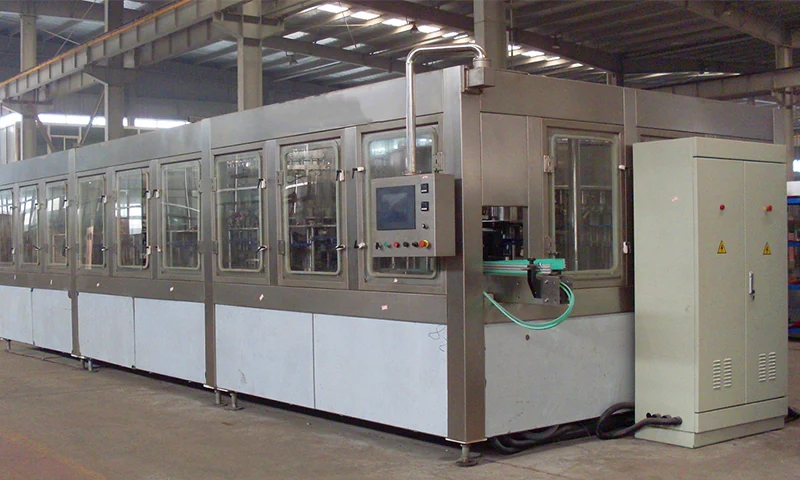
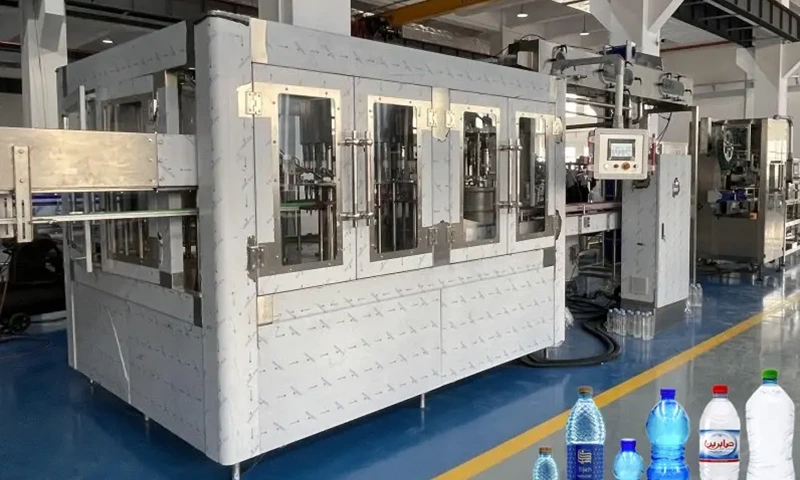
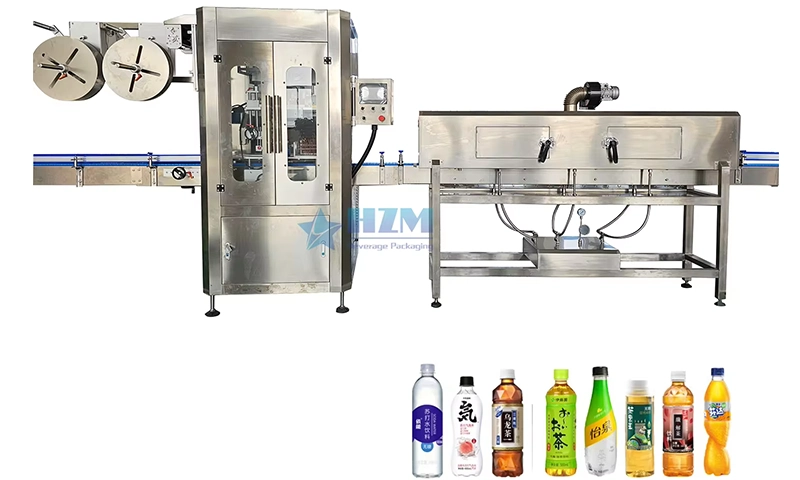
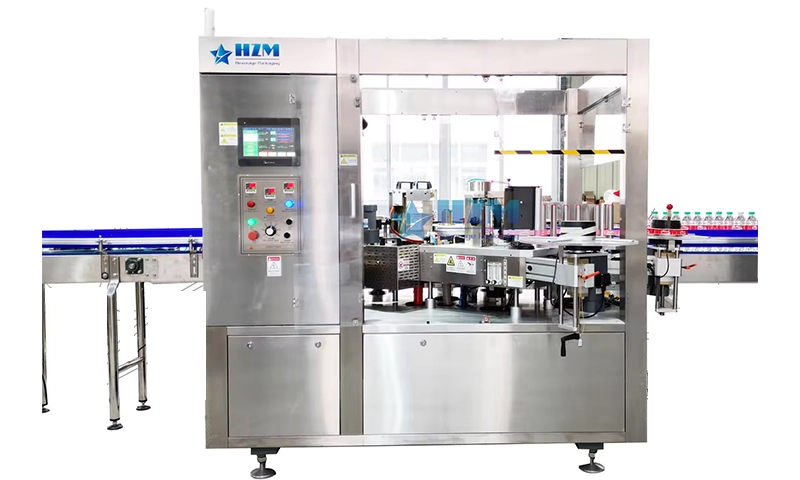
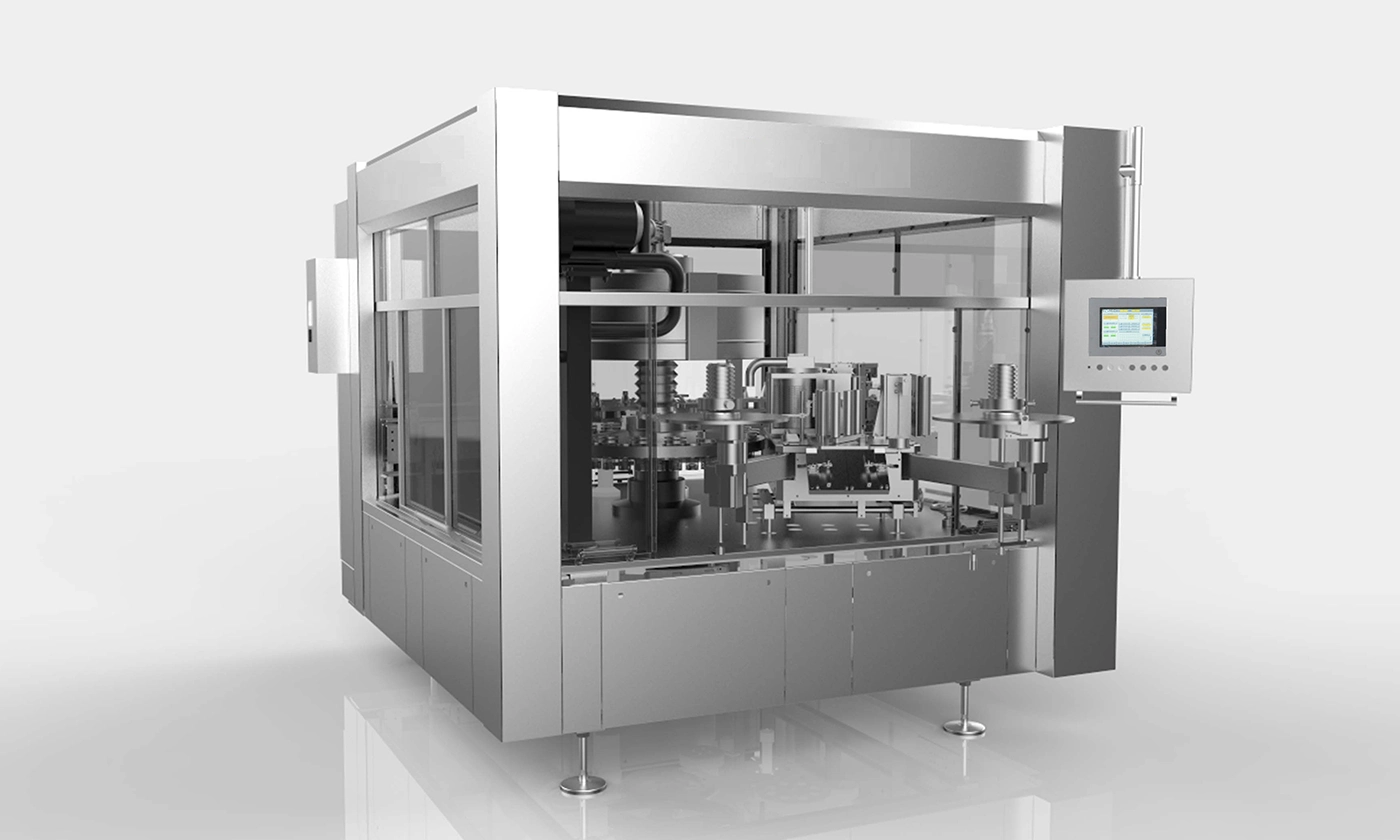
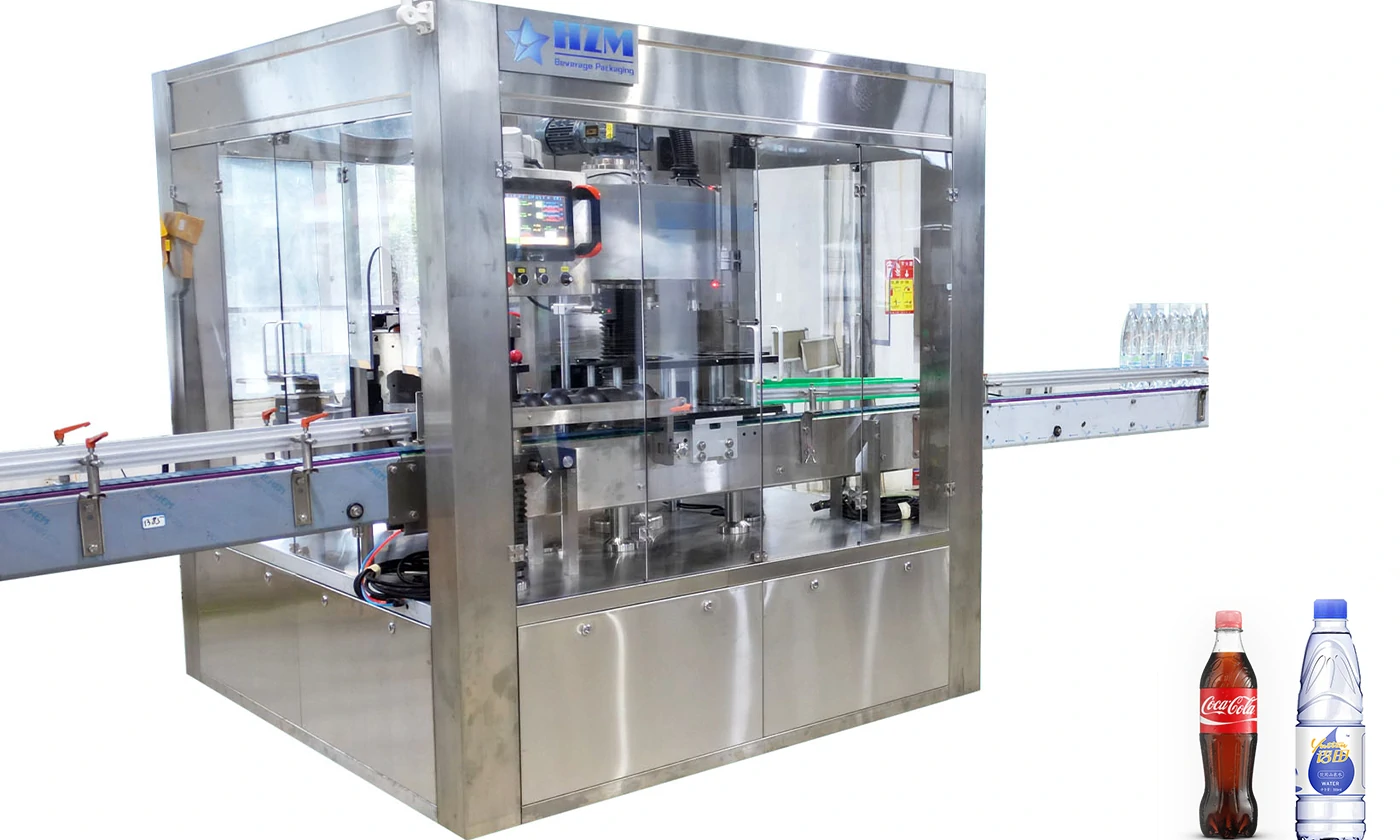
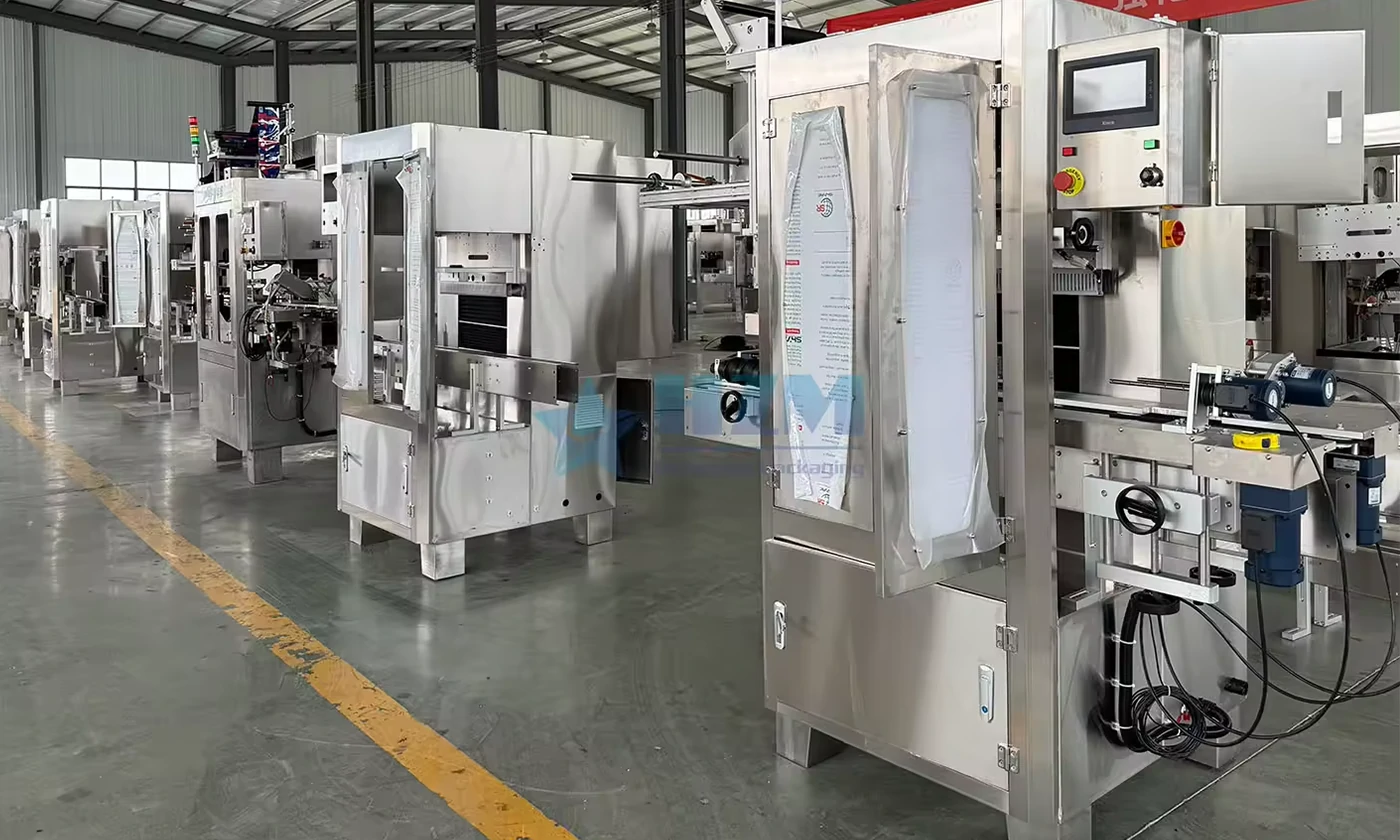
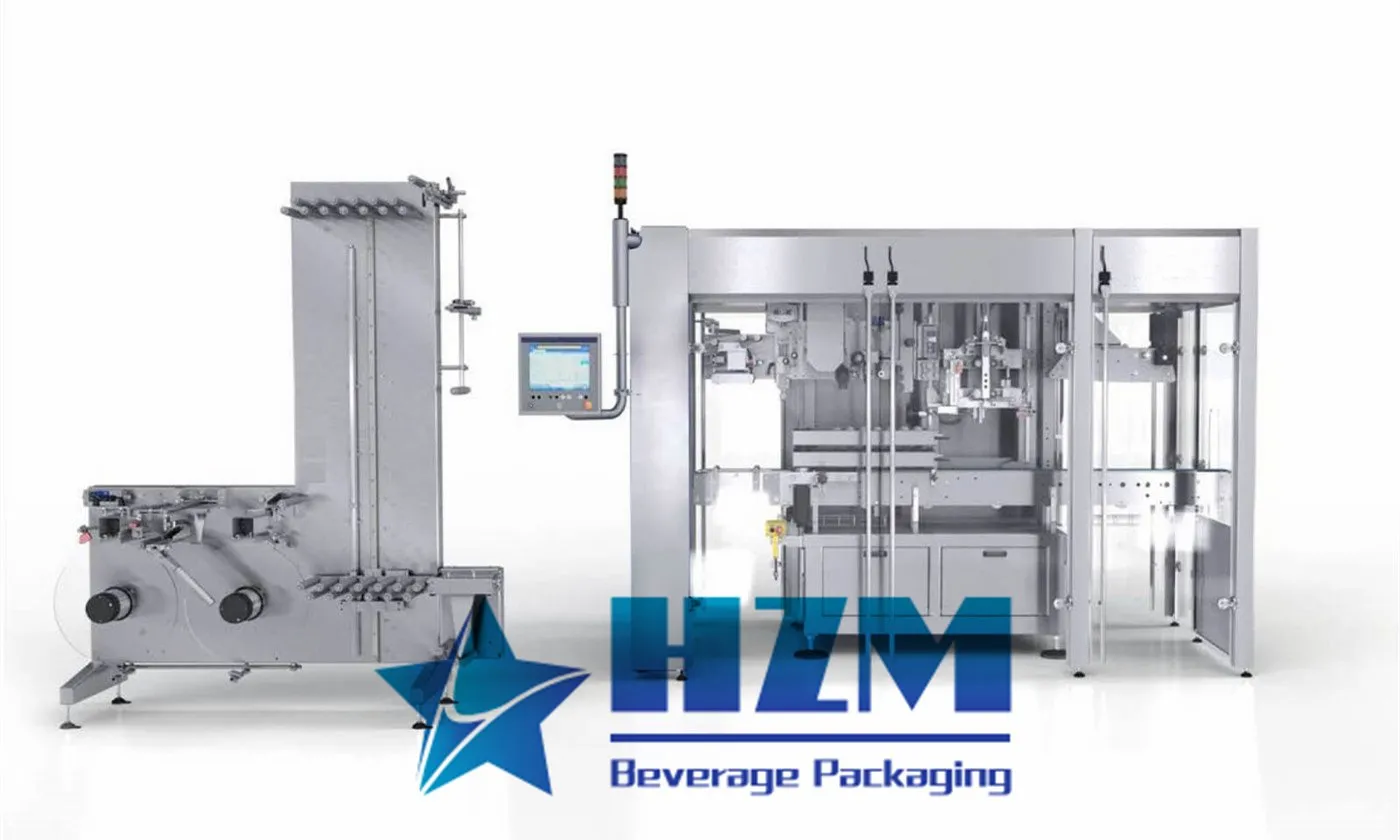
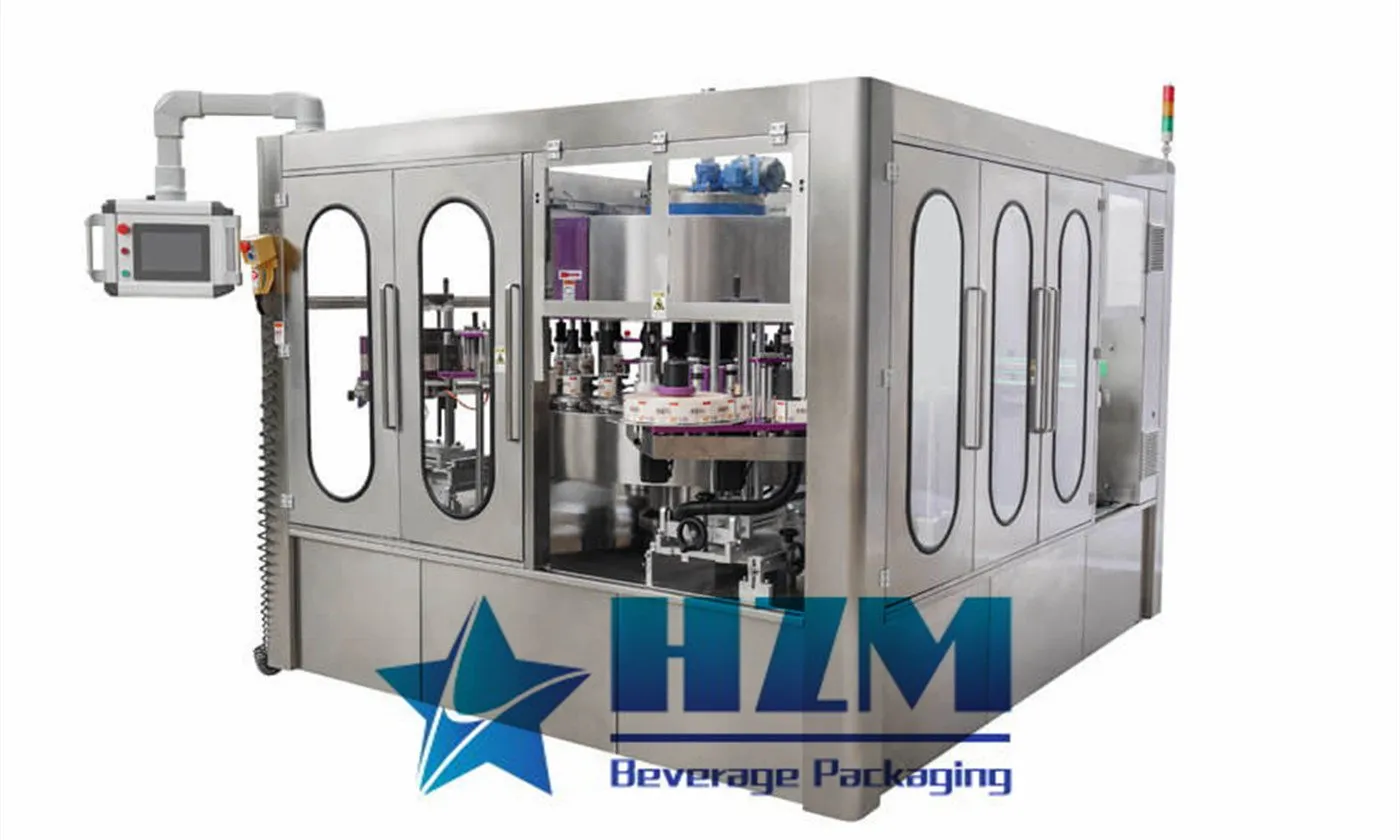
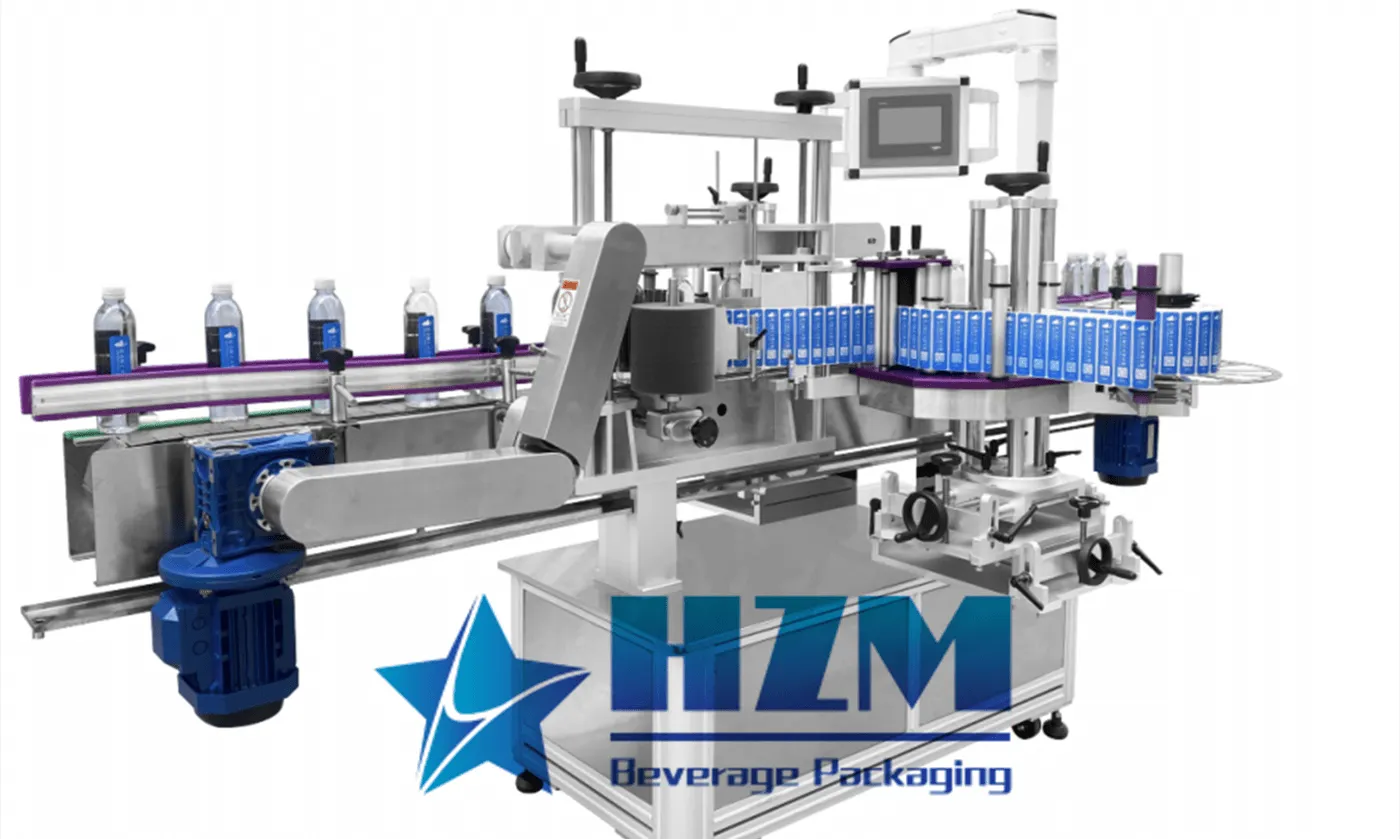
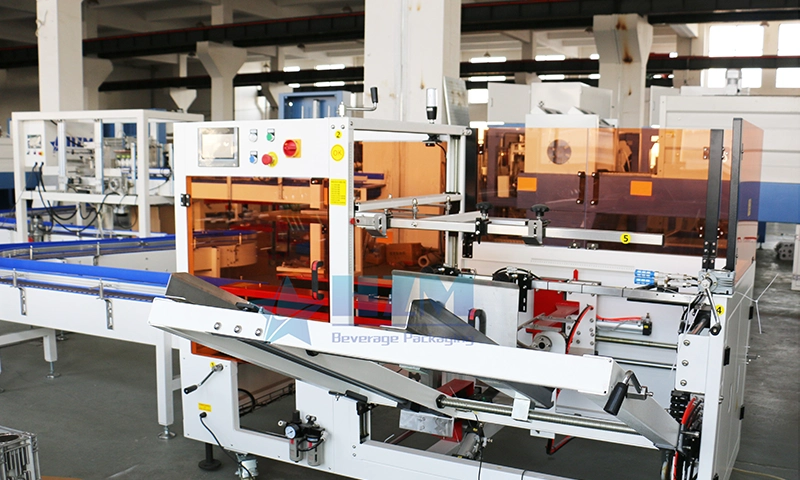
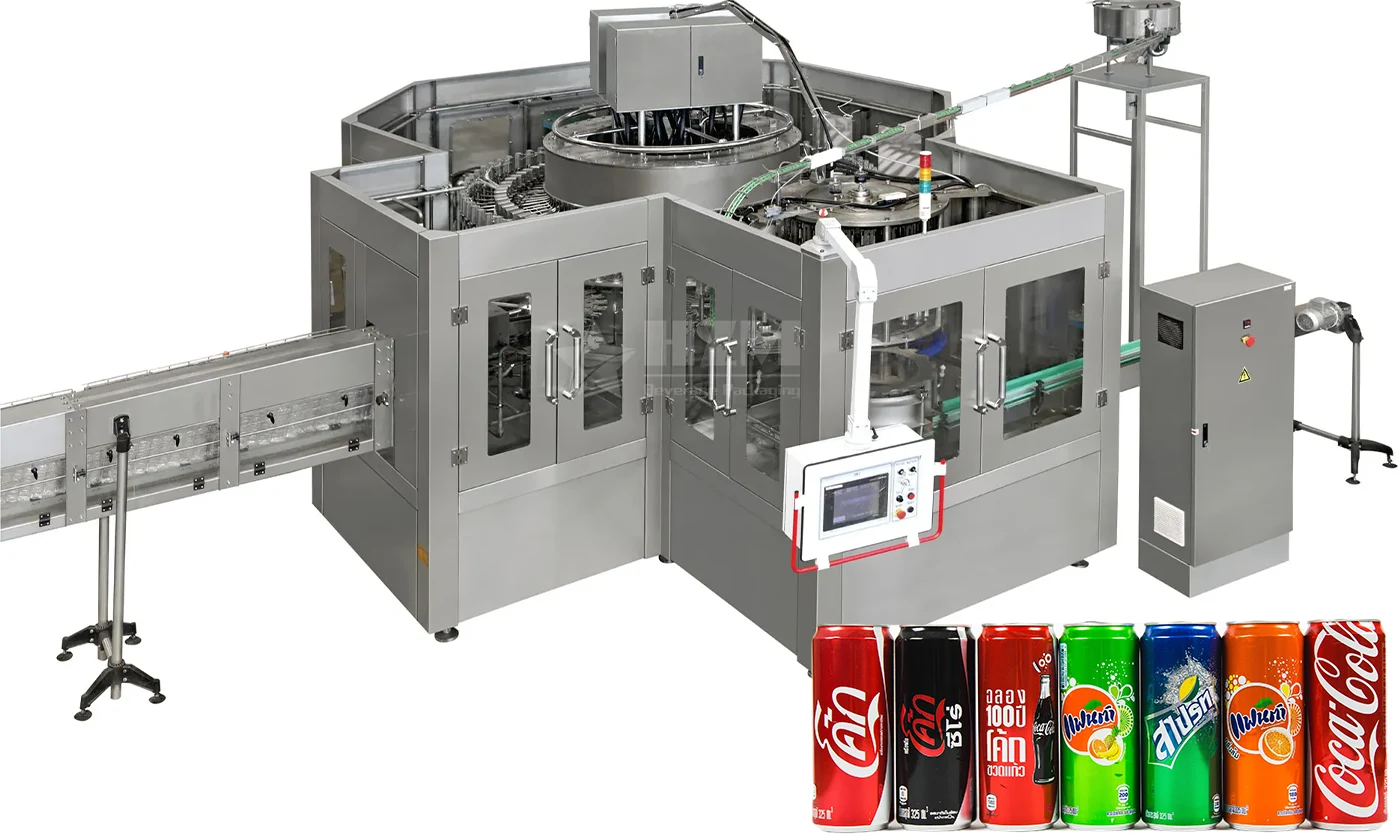
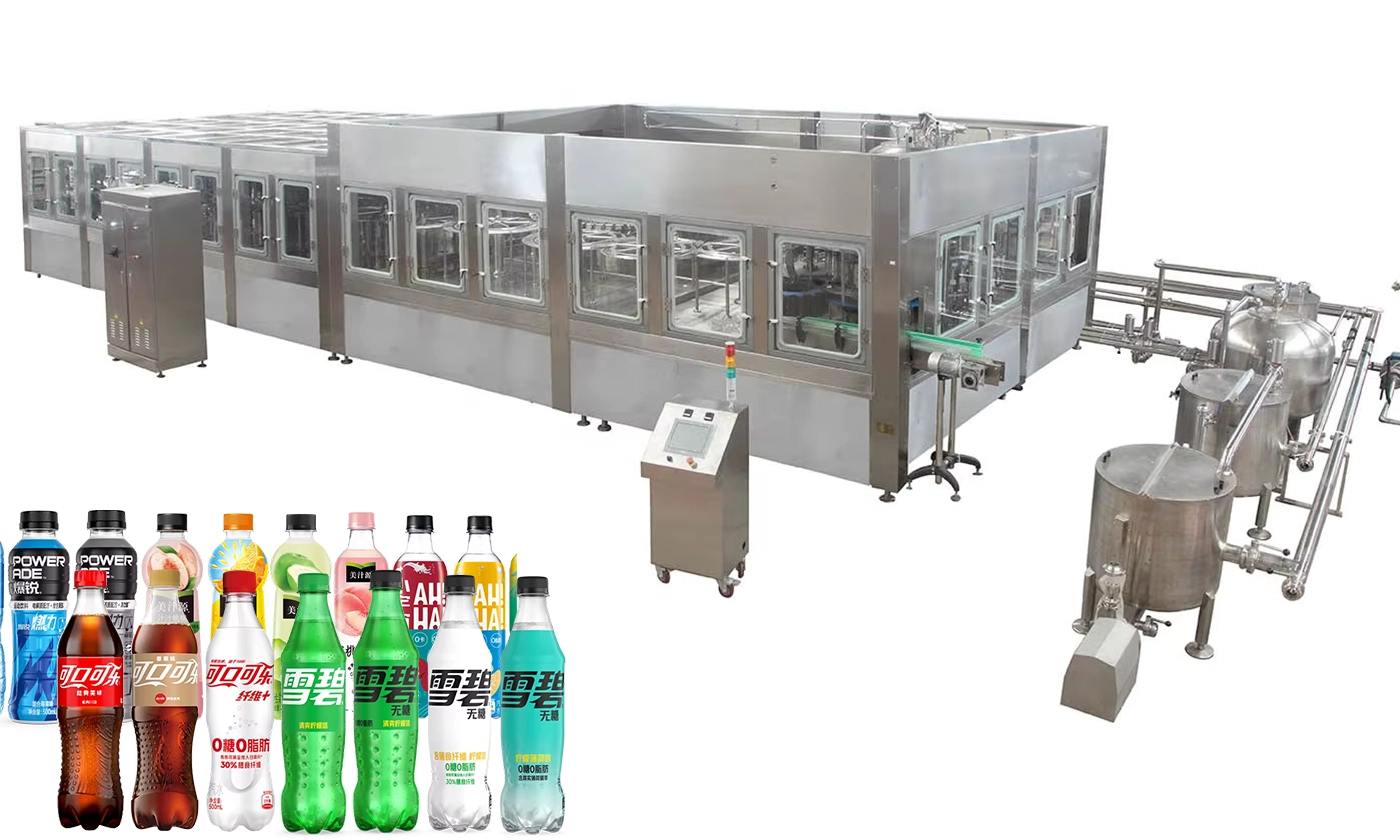
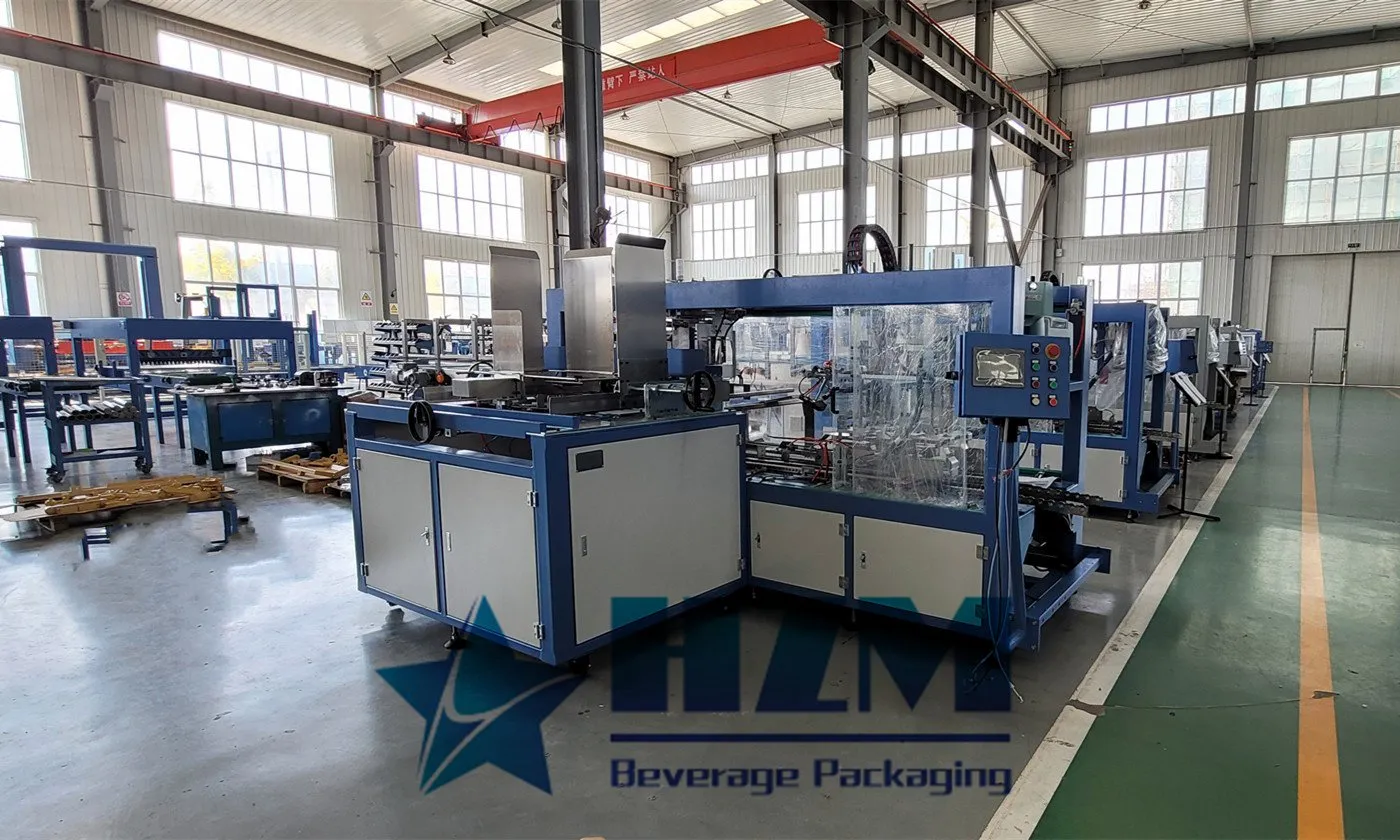
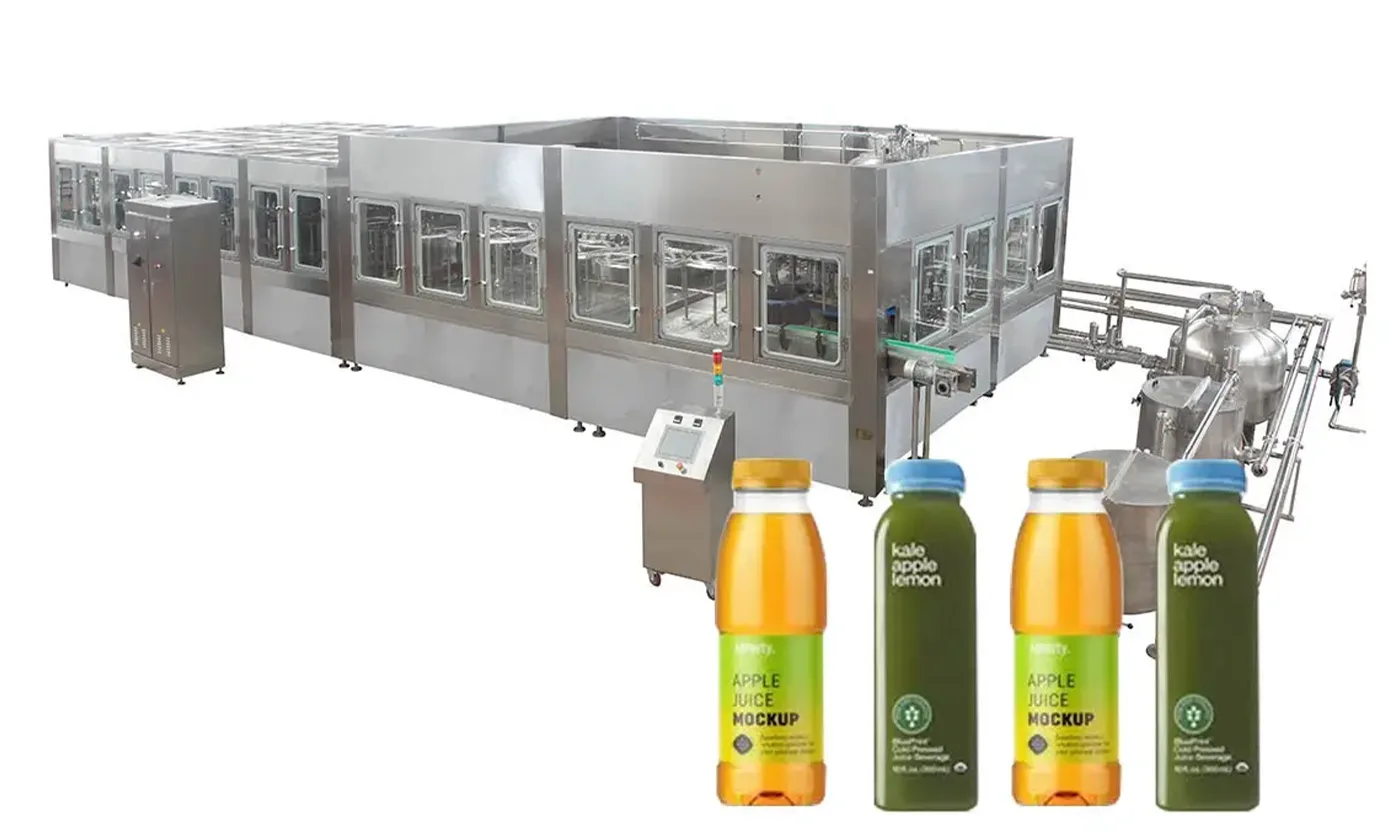
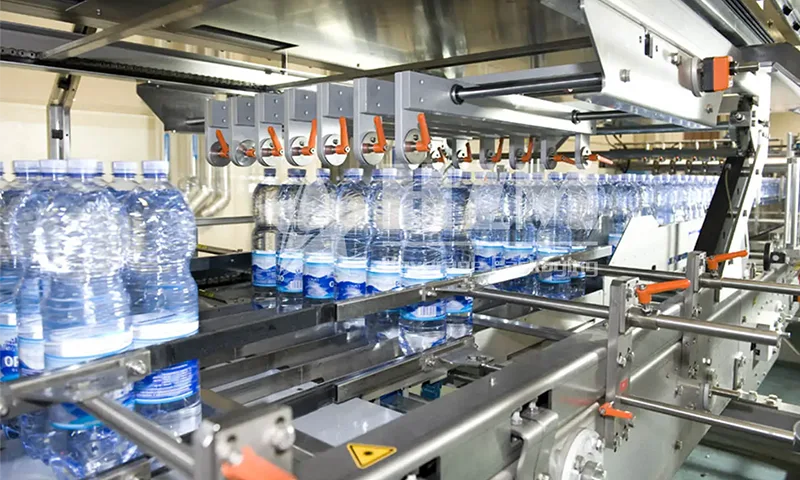
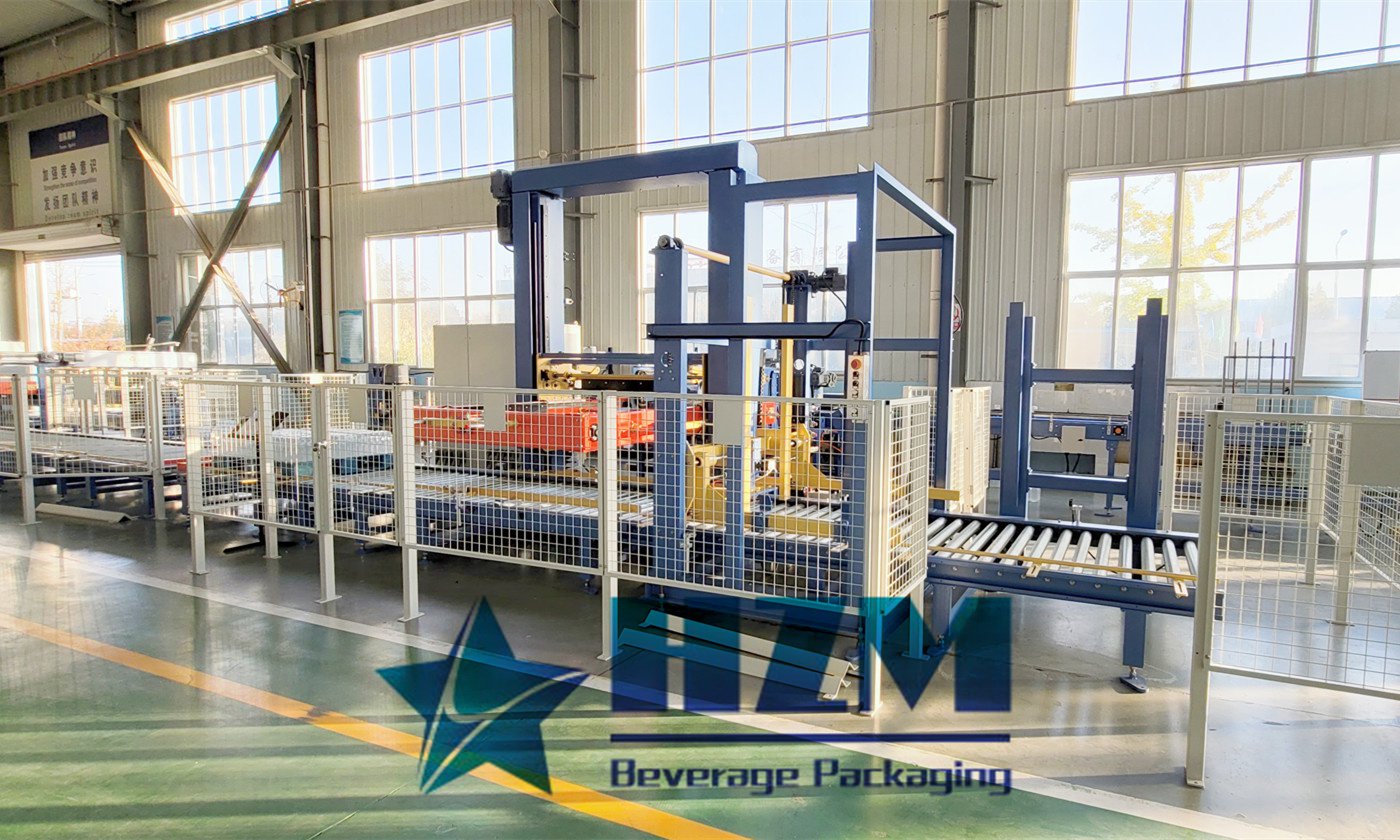
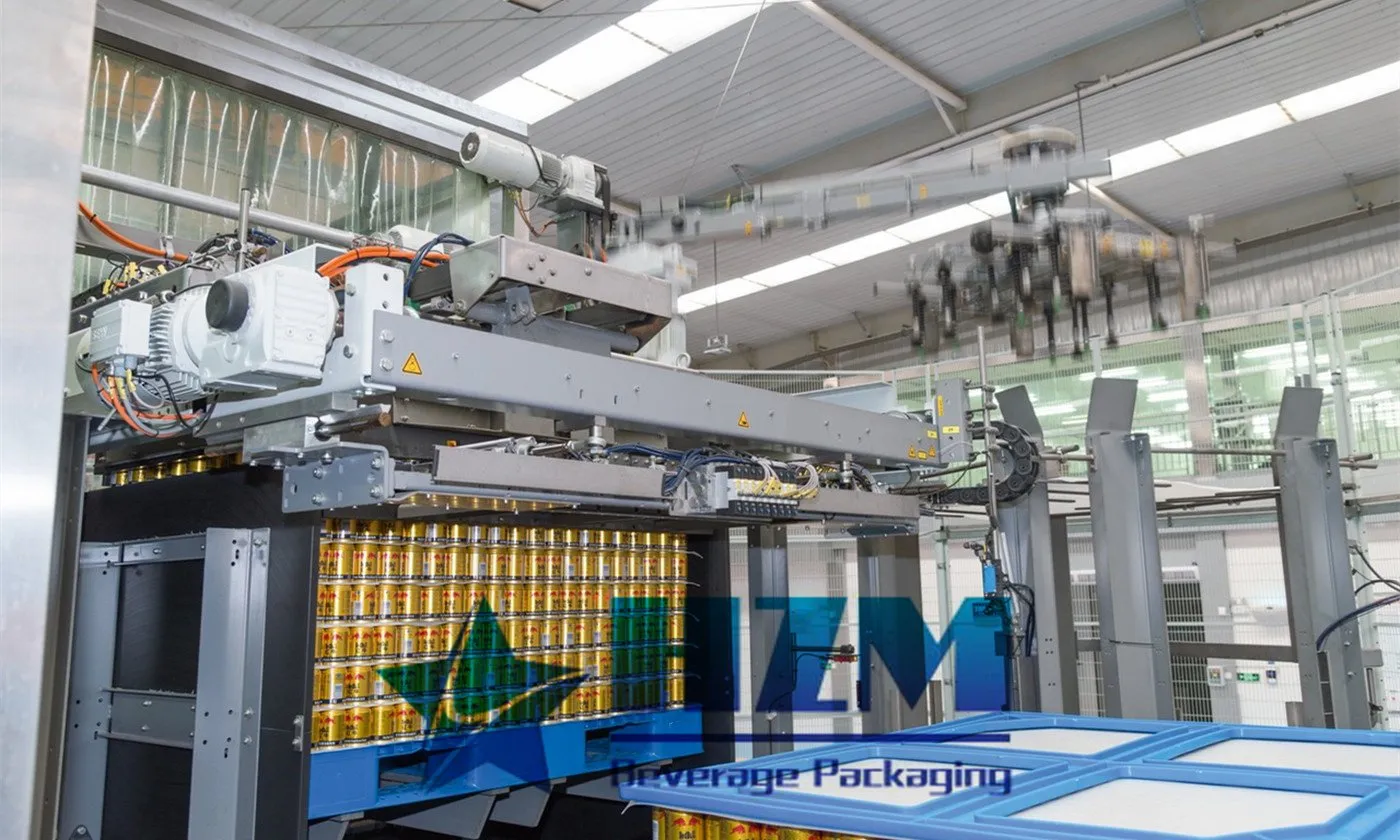
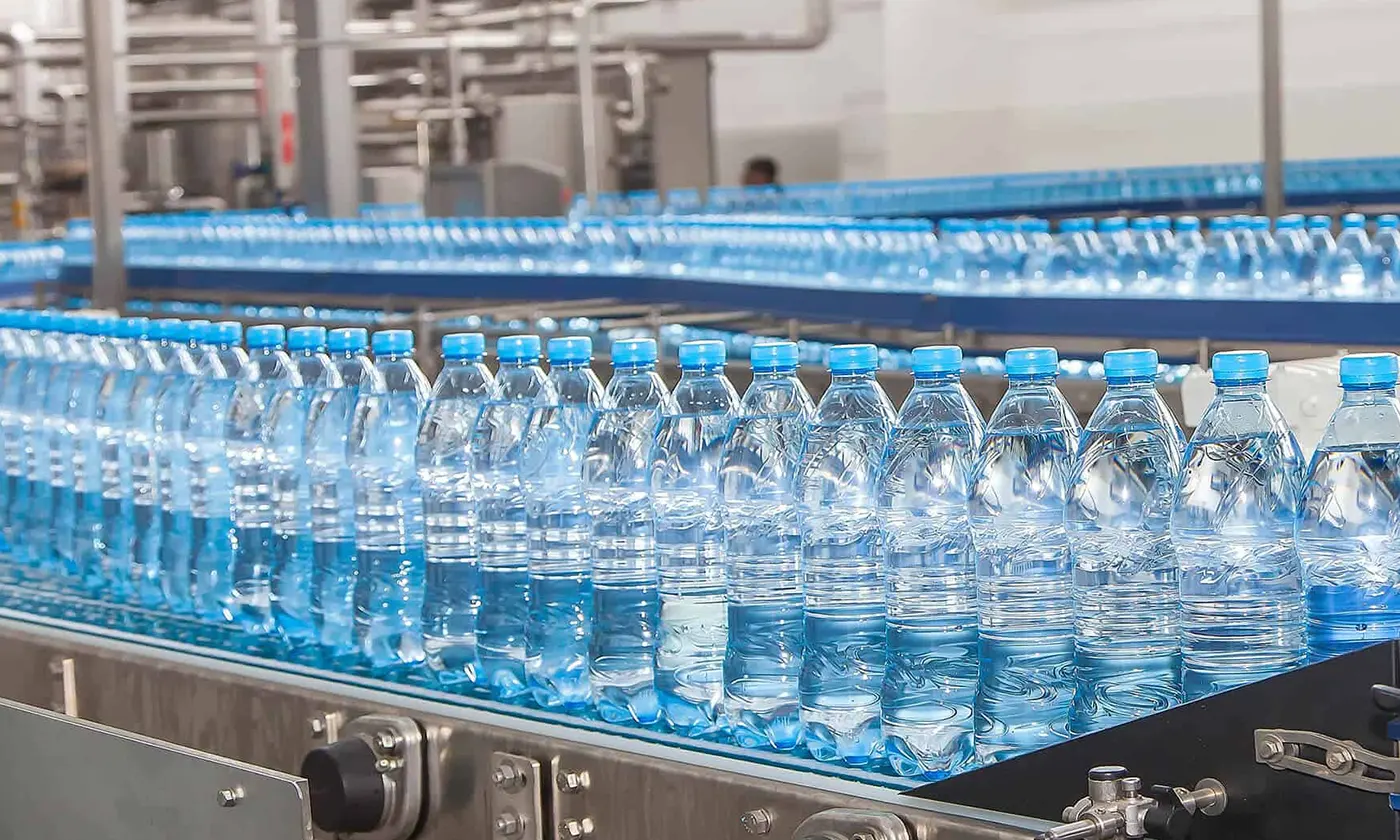
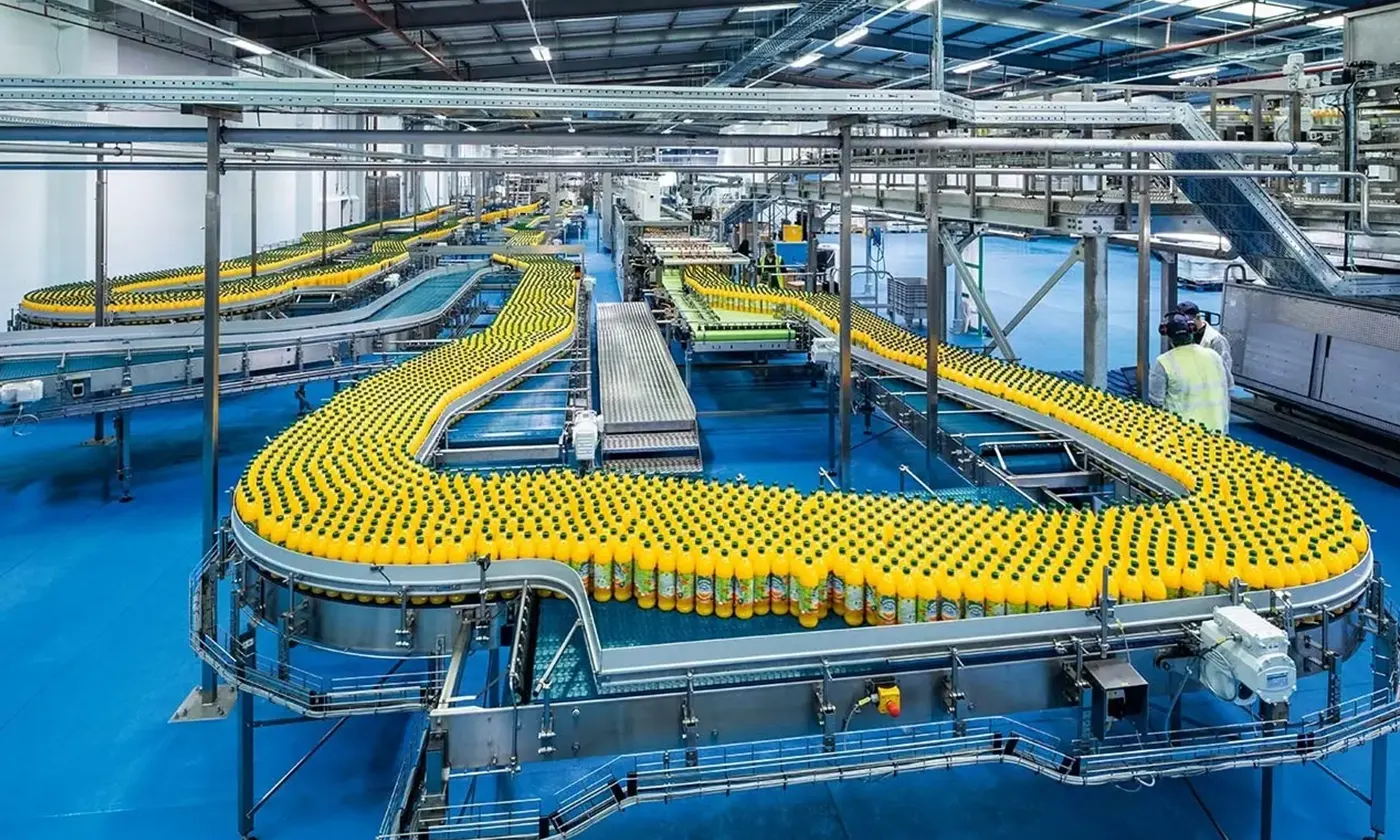
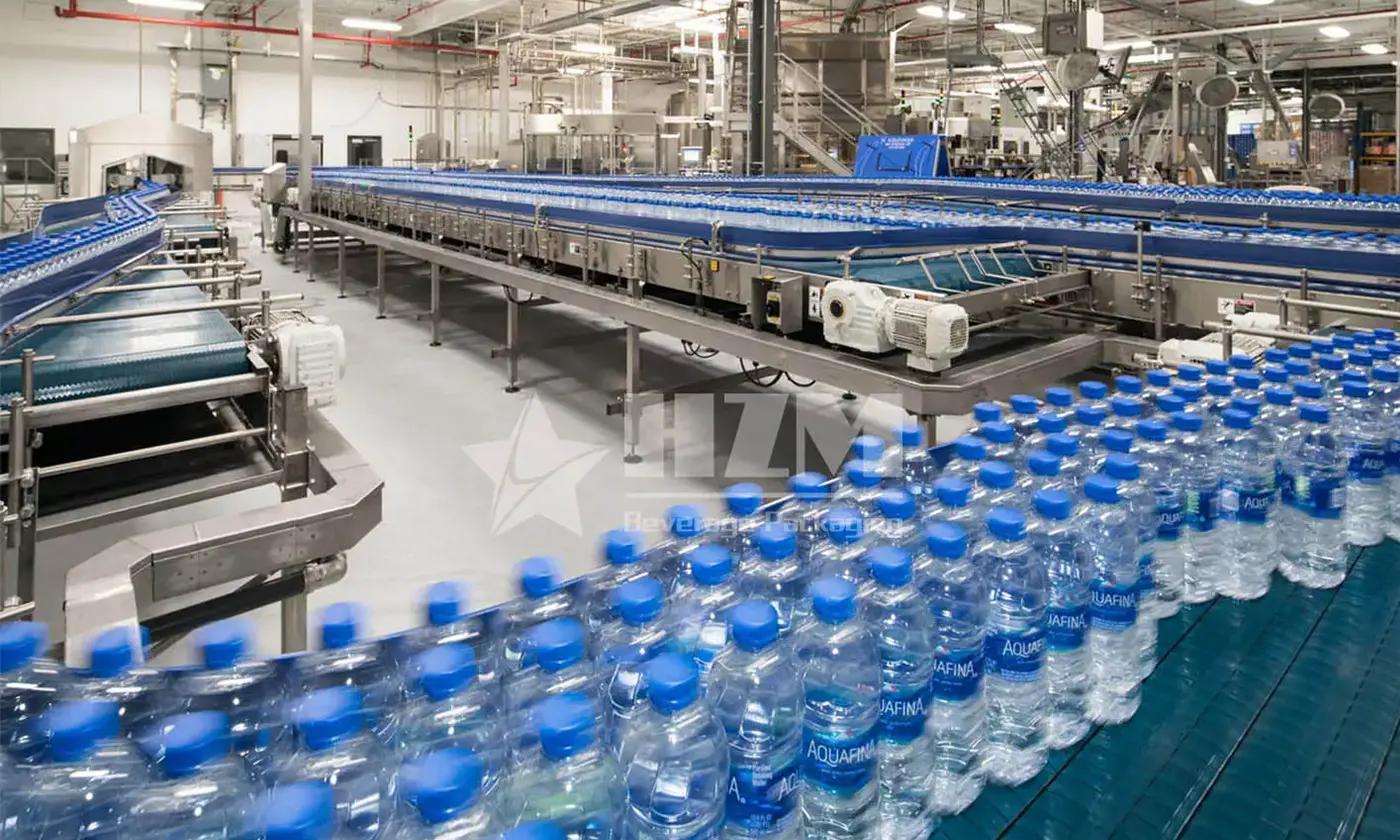
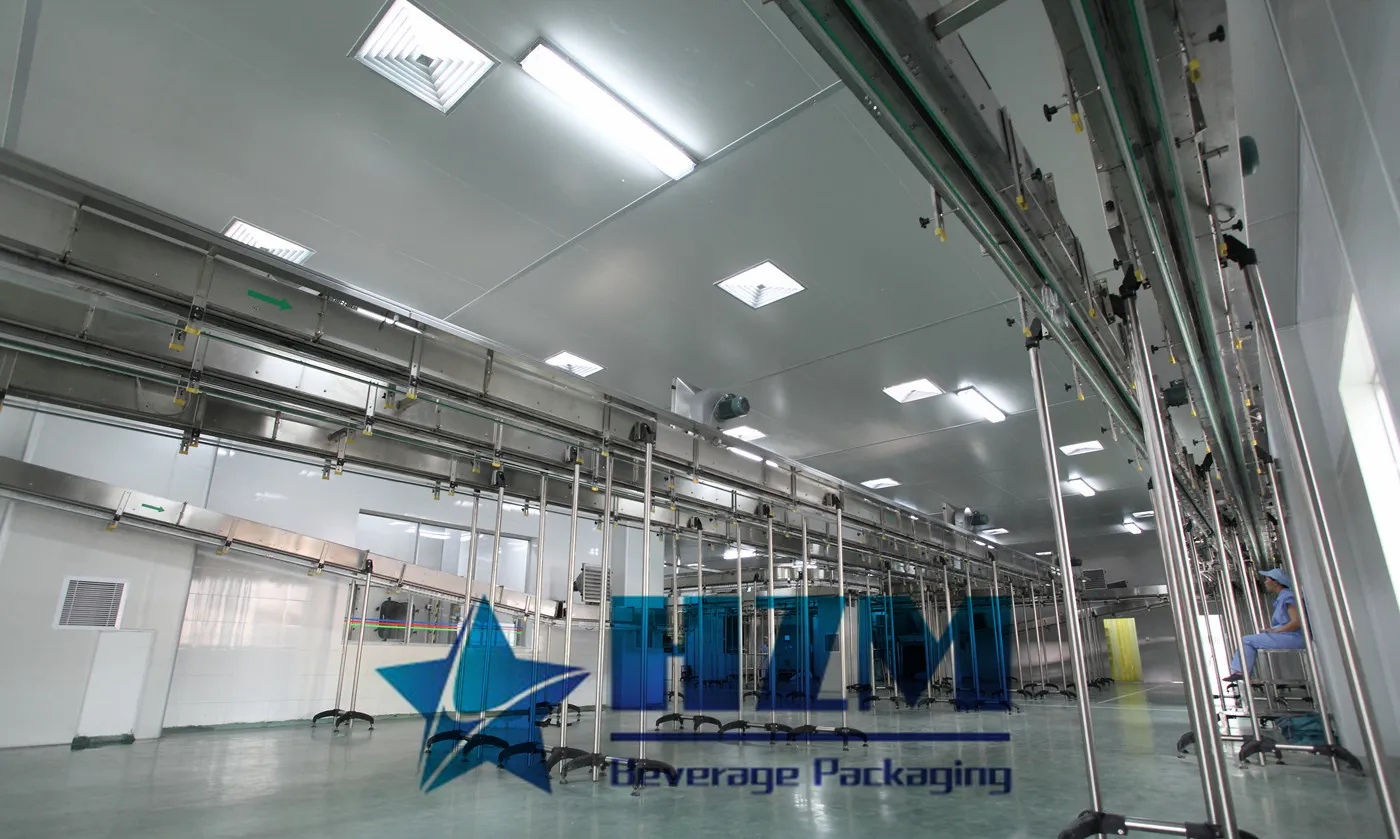
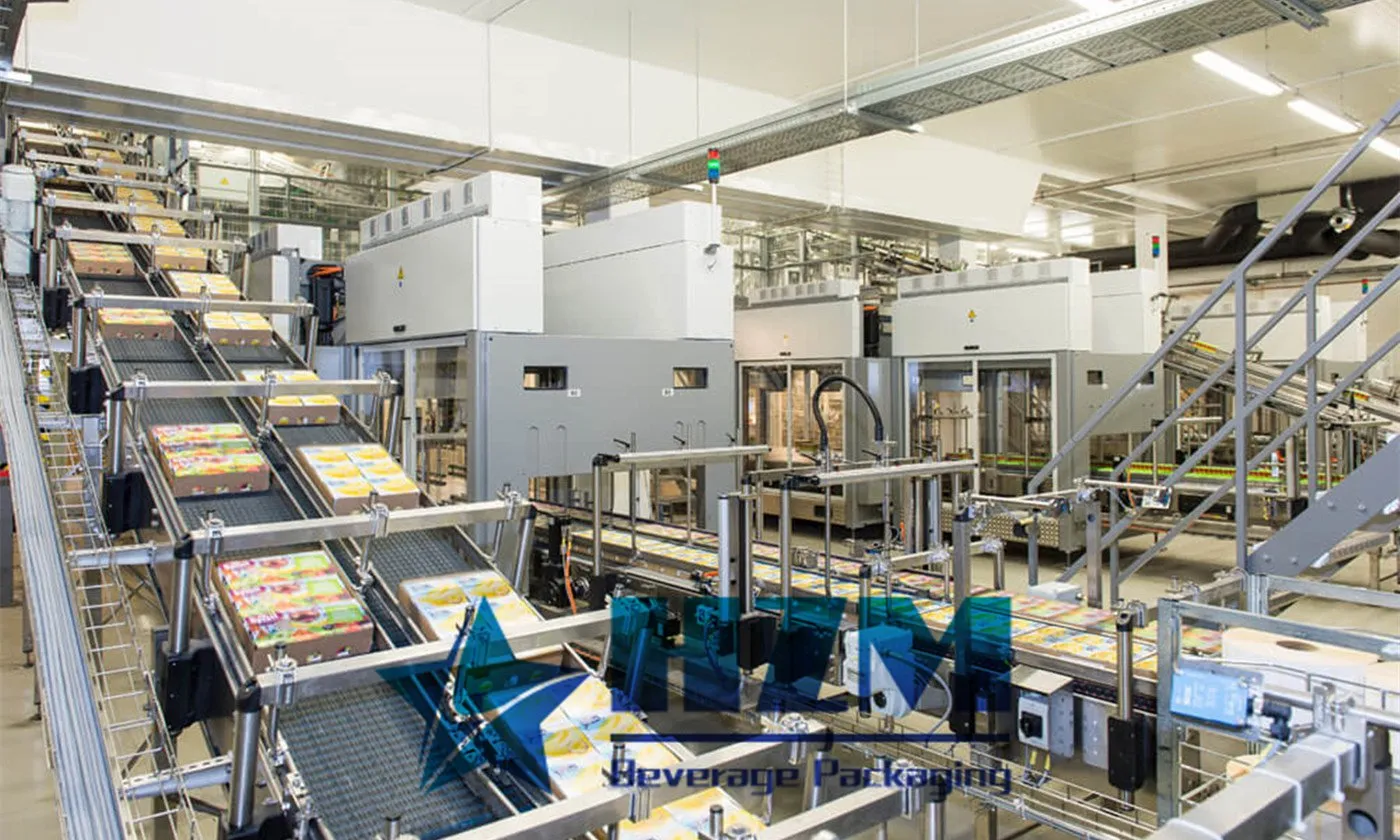
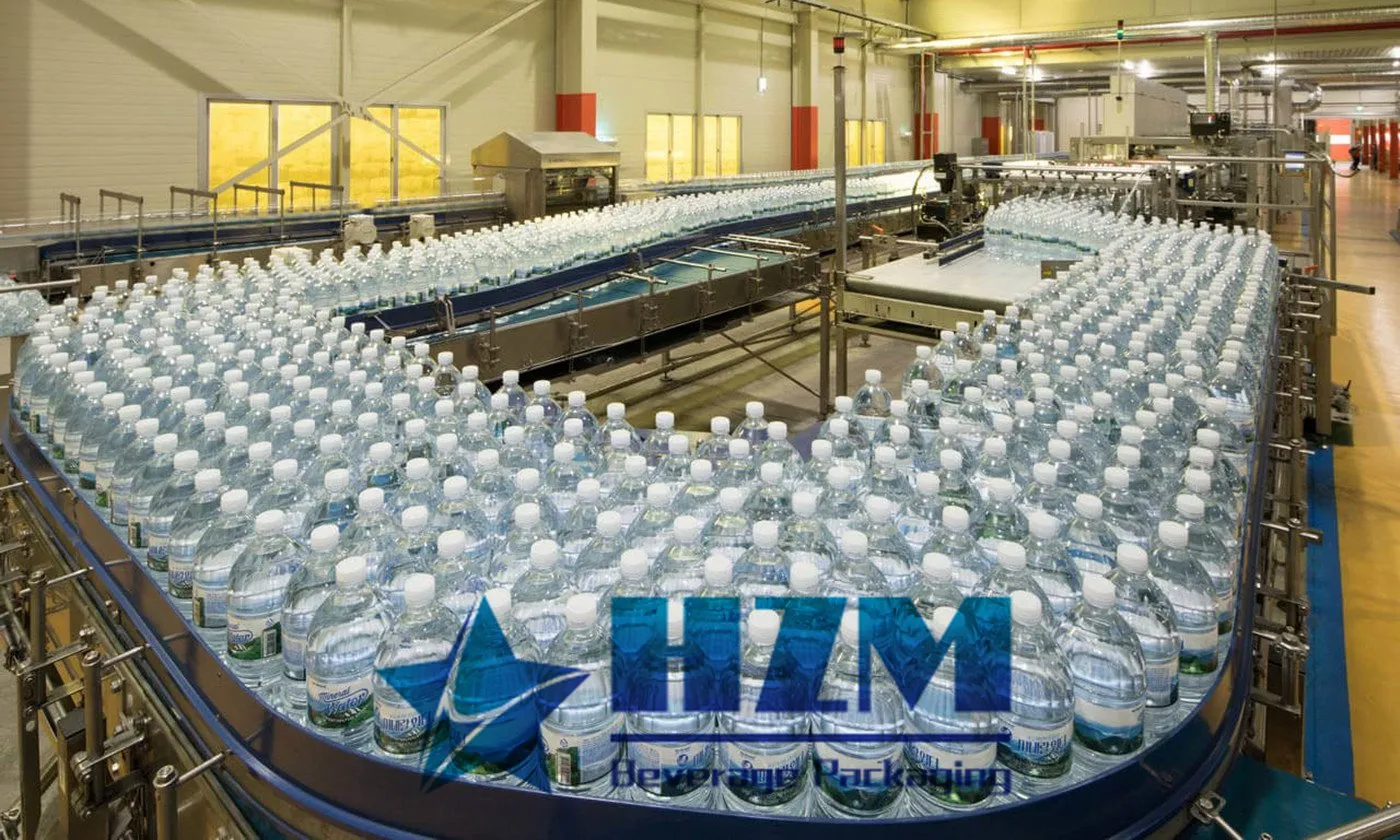
 Home /
Home / 